With so many different diets on the market today, it can be very difficult to choose the right one. The list is so long that we couldn’t cover it in this one article, even if we tried to do so. Instead of doing that, we will cover some of the basic principles that you can use to create a bodybuilding workout that will give you maximal shred for minimal effort.
As the title of this article implies, this plan is intended for bodybuilders and others who want to concentrate on pure strength. This will weed out diets that are mainly intended for weight loss, as well as those that are only concerned with health. Although some of these diets can be very effective, we will concentrate on the principle that helps you to build the body of a sculpted Greek god.
Principle #1: Make Sure You Create A Positive Protein Balance
If you have read anything at all about this subject, you probably know that protein is used by the body to build muscle. To be more specific, amino acids are used by the body to build muscle. However, other proteins are also important because of the fact that your body can synthesize most of the amino acids it needs from other materials. These amino acids that your body can manufacture are called non-essential amino acids, but there are also essential amino acids that can only be acquired from your diet.
So, you just need to eat a lot of high-protein food, right? Well, it’s not that simple. Your body uses a certain amount of protein for the maintenance of normal bodily functions, so don’t make the mistake of thinking that all protein will go straight to your muscles. Muscle building is not a primary priority for your body, as it is not directly required for survival. That’s why you have to make sure your body is getting more protein than it needs. This is referred to as a “positive protein balance.” A good protein supplement is the best way to ensure that this positive protein balance is created.
Principle #2: Timing Matters A Lot
What you eat is very important, but it’s also important to think about when you eat. The body goes through a number of different metabolic phases throughout the day, and your activities will influence these metabolic cycles. Further, the body takes a certain amount of time to process protein, and this must also be taken into account.
Of course, protein isn’t the only supplement that can help a bodybuilder. Zinc and vitamin C have also proven to be very important for muscle health. These micronutrients are particularly important when it comes to recovery. While most people are focused on performance, it is important to think about consistency.
For example, let’s consider what will happen to a bodybuilder with long recovery time. Even if they work their hardest in the gym and constantly push themselves, they are going to spend at least a couple of days in recovery. They will be sore and stiff, finding it hard to perform everyday activities without pain and discomfort. Thus, even if they work hard, they will not be able to work out with the same consistency that a normal person could have done.
Most people believe that it’s best to take your supplements before a workout. There is some good reason behind this belief. The protein will only stay in your system for a certain amount of time, and this is your window for maximum muscle gain. Some people call this “the anabolic window,” and it usually lasts between 30 minutes and an hour. So, it would seem that the best solution is to take your protein, wait 30-60 minutes, and then work out…right?
Unfortunately, it isn’t that simple. During a workout, the body is not building muscle. It might feel like your muscles are growing as you throw that barbell up and down, but what you are feeling is actually muscle damage. You are breaking the muscle fibers down so that the body will be motivated to build them up again. Because of this factor, most muscle growth occurs after the workout.
Of course, you will see benefits to your protein use regardless of timing. As long as you stay within the anabolic window, you should be fine. However, taking your protein right after the workout ensures that the body will have all the building blocks it needs at the time in which it needs them.
Principle #3: Understand The Glycogen Cycle
While we are discussing the issue of nutrient timing, we should also talk about the glycogen cycle. Glycogen is a form of glucose that serves as the body’s primary source of energy. As such, it is usually manufactured by the body, which uses carbohydrates as raw material. This is why so many bodybuilders will tell you to “front-load” with carbohydrates before a big workout. If you don’t have enough carbs, your body won’t have enough glycogen to fuel the workout.
However, you need to be aware that carbohydrates can also contribute to weight gain. they provide a lot of energy at once, and if the body doesn’t use that energy right away, it will be converted into fat. That’s why people report success in losing weight with low-carb diets. That being said, a low-carb diet is not a valid option for a bodybuilder. You need more energy to create the ripped, hulking form that you desire.
Just as it is important to front-load with carbs before a big workout, it is equally important that you avoid carbs for at least an hour after your workout. You see, the body uses glycogen first, and when that is used up, it will begin using protein and fat. This happens because glycogen is easier for the body to process, while fat and protein take longer and require the body to commit more resources.
If you eat a bunch of carbs after a workout, your body will tend to stop using the protein that you have ingested for muscle gain. Instead, it will take the path of least resistance and use the carbs first. Thus, you will gain plenty of energy but no real muscle gain.
Principle #4: Make Sure To Include Some Good Fats
You might think that you need to adhere to a strict low-fat diet when you are trying to build muscle. Although you definitely want to keep your diet on the lean side, don’t make the mistake of attempting to cut out the fat altogether.
For one thing, the body cannot process protein correctly without a certain amount of fat. We can see a great example of this when we look at the nutritional profile of rabbit meat. This meat is extremely high in protein. It has more protein per ounce than beef, chicken, or just about anything else. It also has almost no fat. Because of this, the body has to use a lot of resources to process this meat. With no fat on the meat itself. the body must resort to using your own fat stores. This might sound like a good way to lose weight, but there’s one big problem: You are losing more energy than you gain. By the time it’s over, that protein won’t help you much at all.
 Principle #5: Use The Right Carbs
Principle #5: Use The Right Carbs
We have already mentioned the importance of using carbs for quick energy and the importance of avoiding carbs during the recovery and building phase. At the same time, you really should think about the quality of your carbs. Don’t make the mistake of assuming all carbs to be equal. For instance, the breading on a piece of fried meat does contain a lot of carbohydrates, as does bread and anything else that is made from processed white flour. However, these foods offer nothing but empty carbs. They will give you a quick boost of energy followed by a crash.
When you eat low-quality carbs, you are basically tricking your body into thinking that it has enough energy to do whatever it is told. However, this deception will catch up with you after the workout is over. In fact, it will probably also hinder your ability to get through the workout simply because your energy levels will be too low.
The best thing to do is to focus on natural carbs. Potatoes are a great source of carbs but don’t use fried potatoes. The process of frying removes most of the essential nutrients and converts them into empty carbs. Have you ever noticed that a potato turns brown if it is exposed to the air for too long? Anyone who has peeled potatoes and left them for a few minutes has probably wondered about this.
The potatoes change color as a result of a chemical reaction. Many things are happening here, but the important point is that some of the nutrients are consumed by the reaction. This leaves only a mess of empty carbs that will fill you up without doing you any good at all. Rice is another great protein, as is whole wheat bread. Really, you just need to avoid processed white flour and carbs that are too high in fat.
Principle #6: Bulking And Cutting
This is one of the oldest and best-known bodybuilding concepts. It is basically a two-phase approach that divides the bodybuilding process in half. During the first phase, which is called “bulking,” you concentrate only on building muscle, with little to no care about losing weight. You see, a caloric surplus is important when you want to build muscle. Before your body can commit resources to a secondary purpose like muscle building, it must first meet the essential needs. In other words, your body will focus on the processes that keep you alive. Only when the body has more than it needs can it commit resources to the muscles that you want to build.
The second phase, known as “cutting,” is just the opposite. You maintain a strong and steady workout regimen, but you also switch to a low-fat diet so that you can “cut” away the excess weight that you acquired during the bulking phase. While there are many ways to build muscle, this is easily one of the most popular.
Conclusion
When you want to build muscle, diet is more important than exercise. This is the case because large and fatty meals will often contain far more calories than you could hope to burn in a single workout session. For instance, the average fast food meal contains anywhere from 600 to 800 calories (on average). The average workout will burn somewhere between 100-400 calories, so it will take at least two workouts to offset a single bad meal. If you have enjoyed this article and would like to know more, please follow us on Facebook using the link below.
The post Nutrition 101 For Bodybuilders appeared first on Gaspari Nutrition.

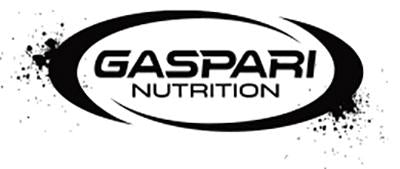
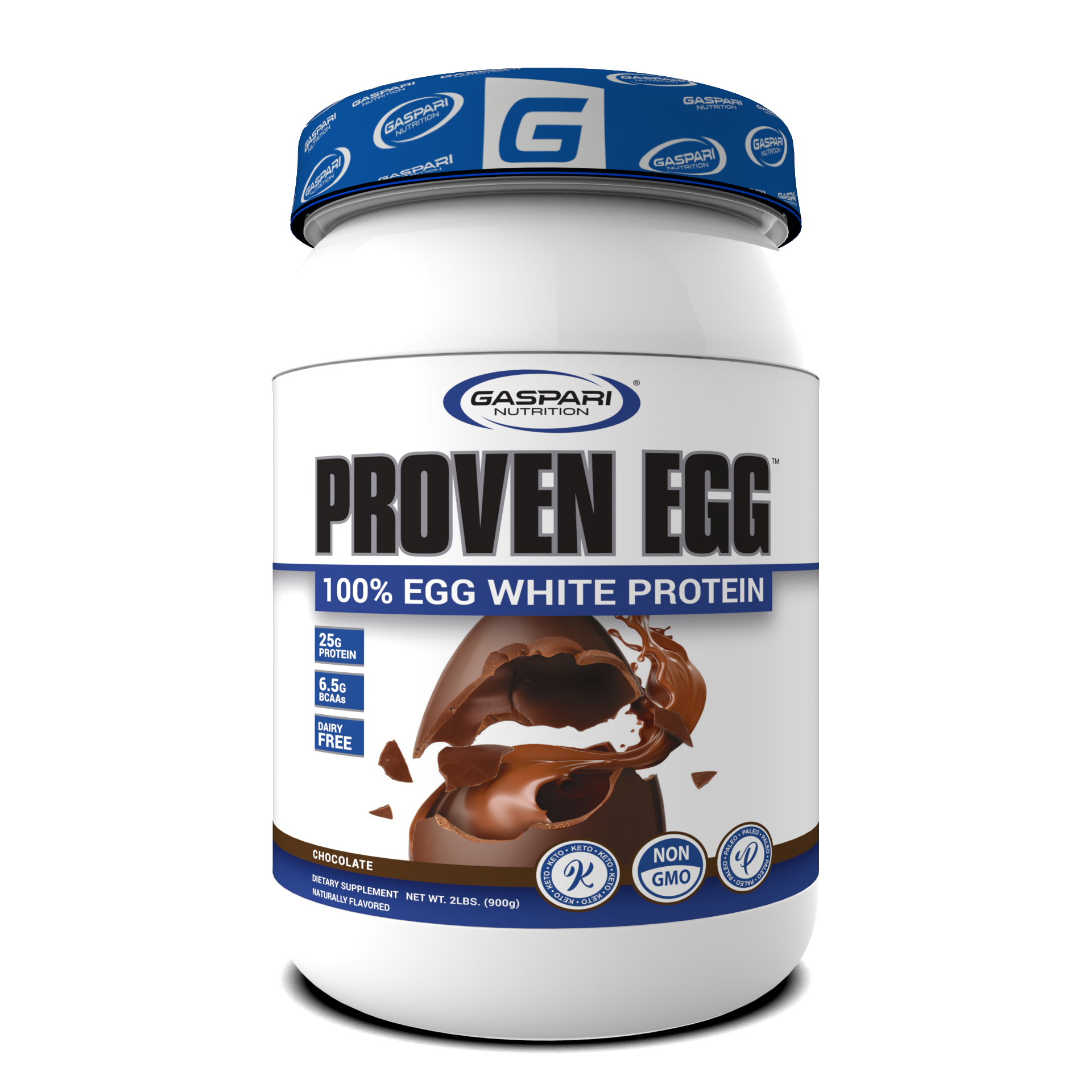




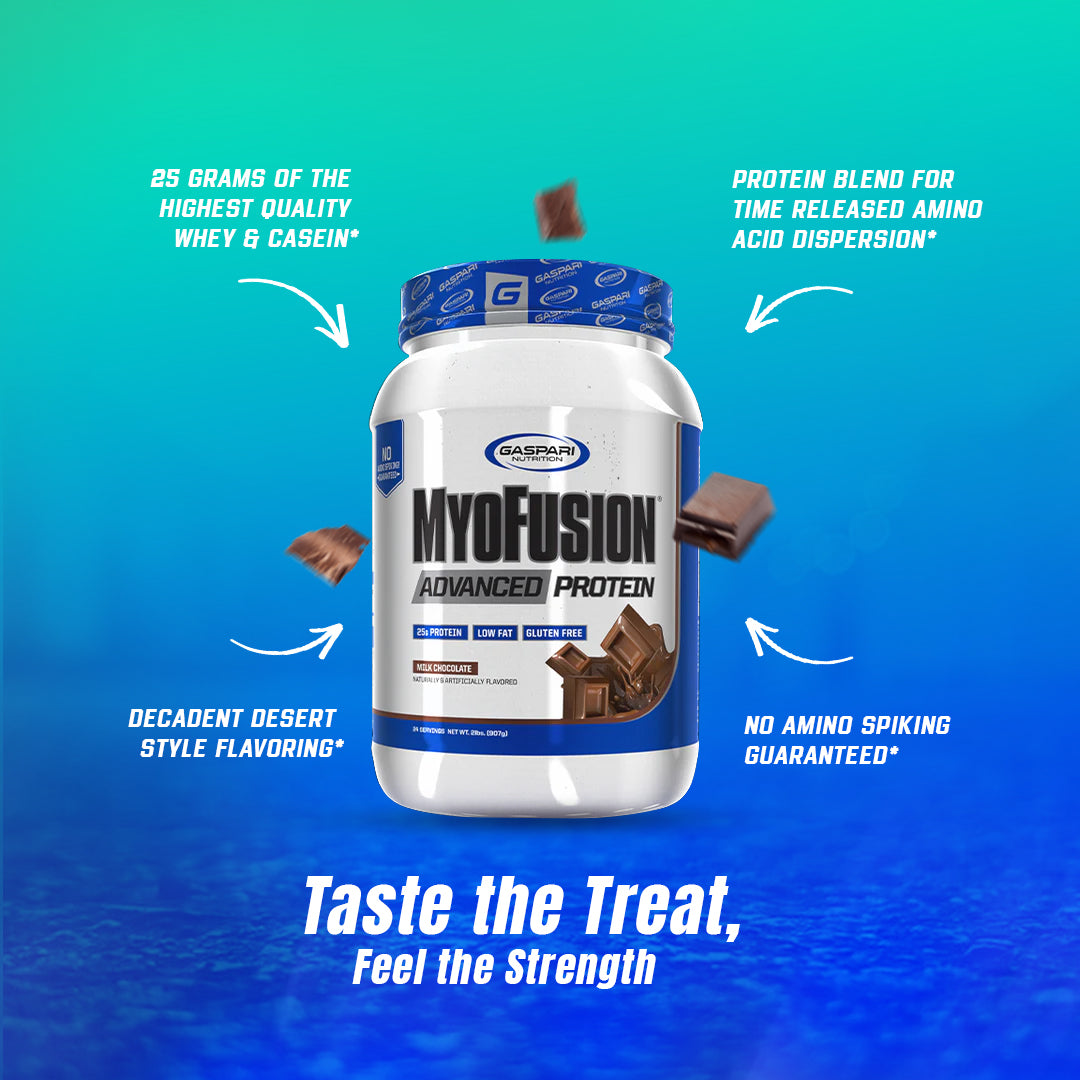

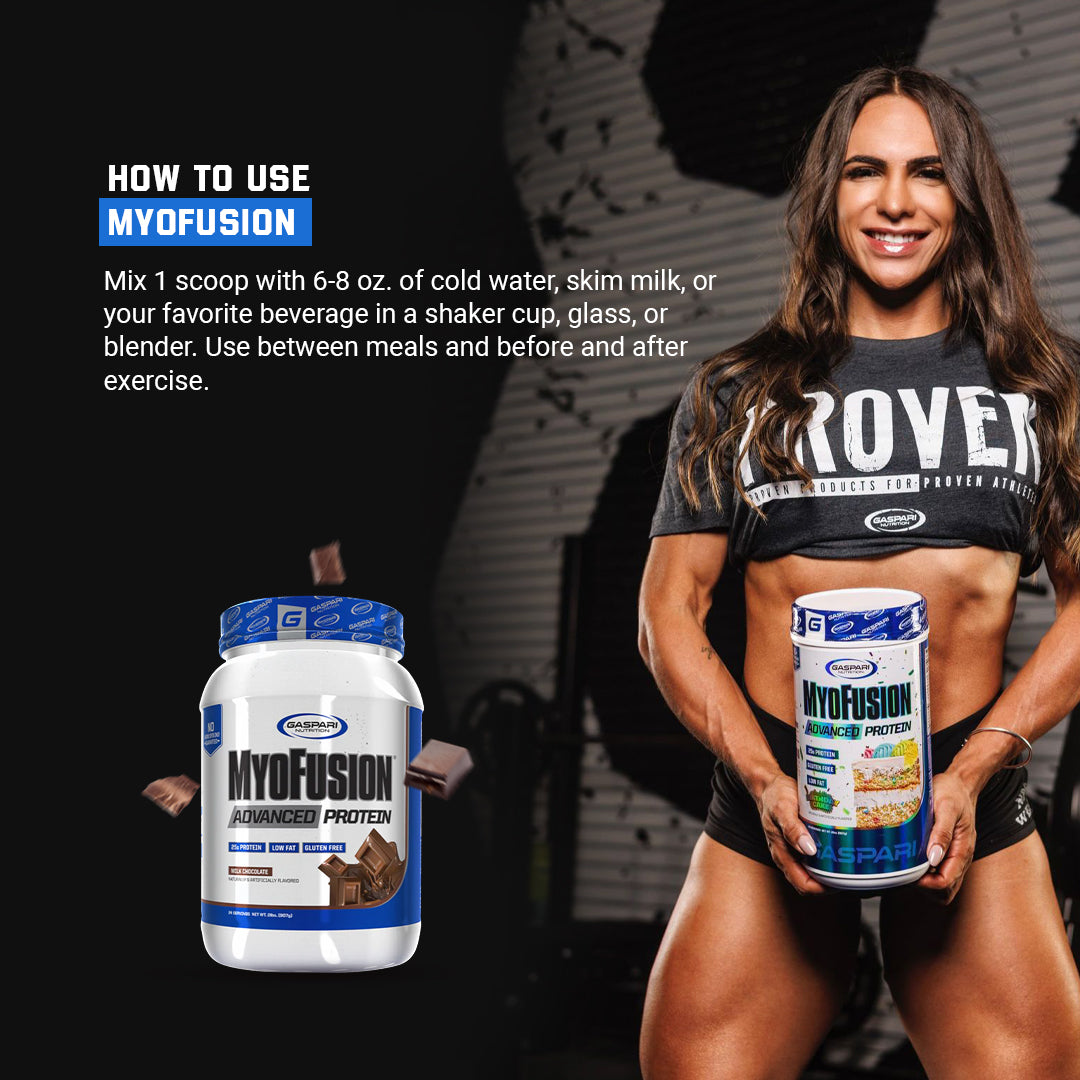
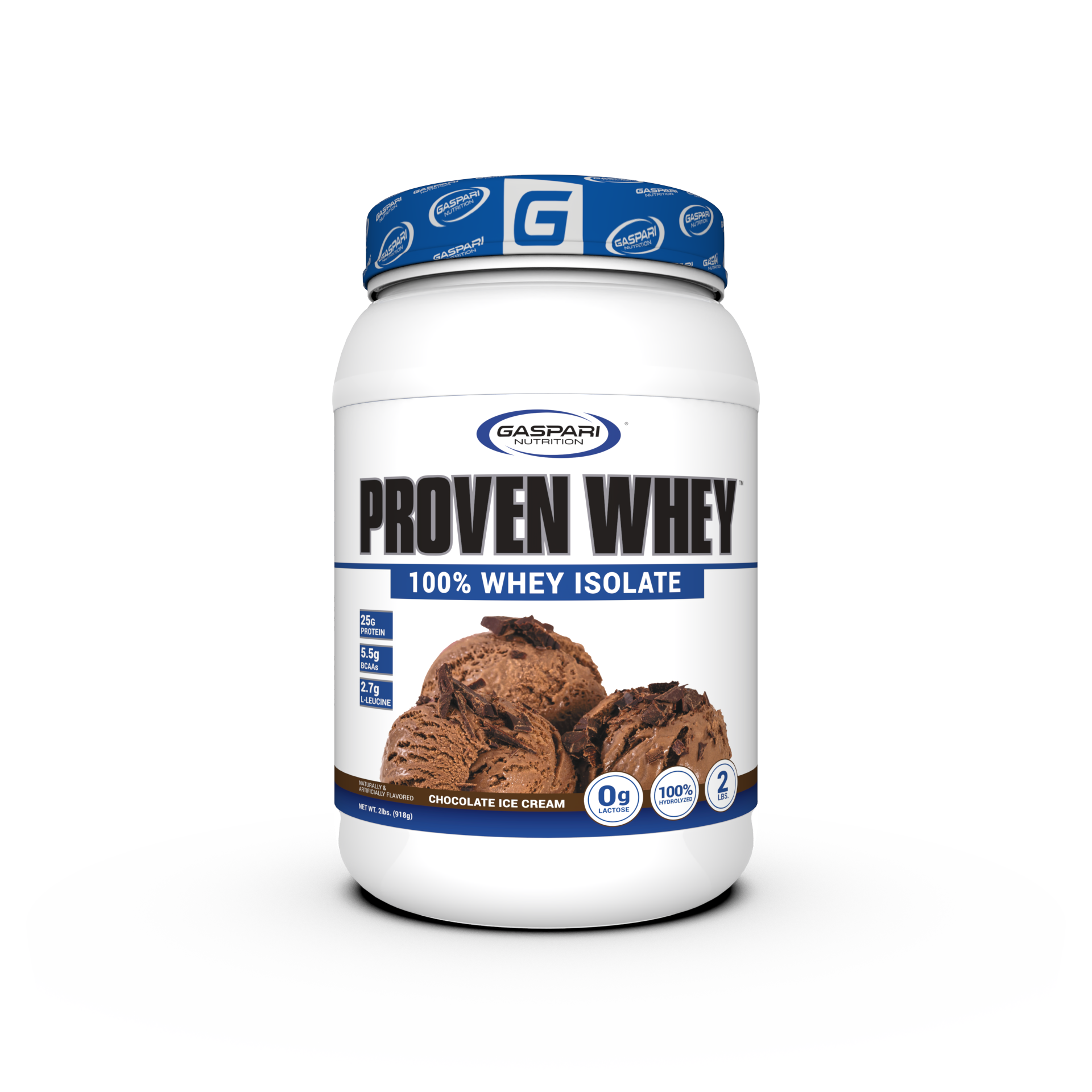


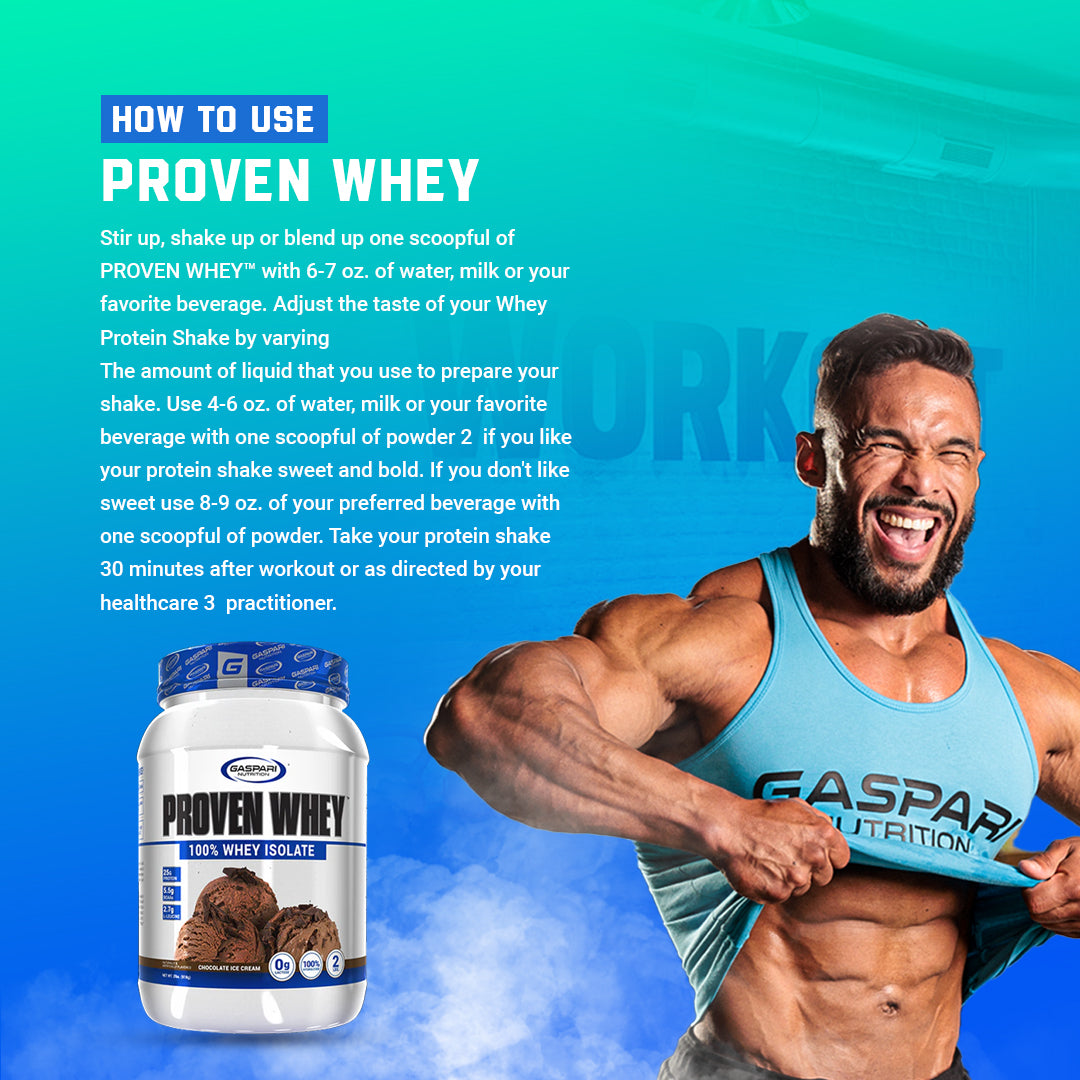

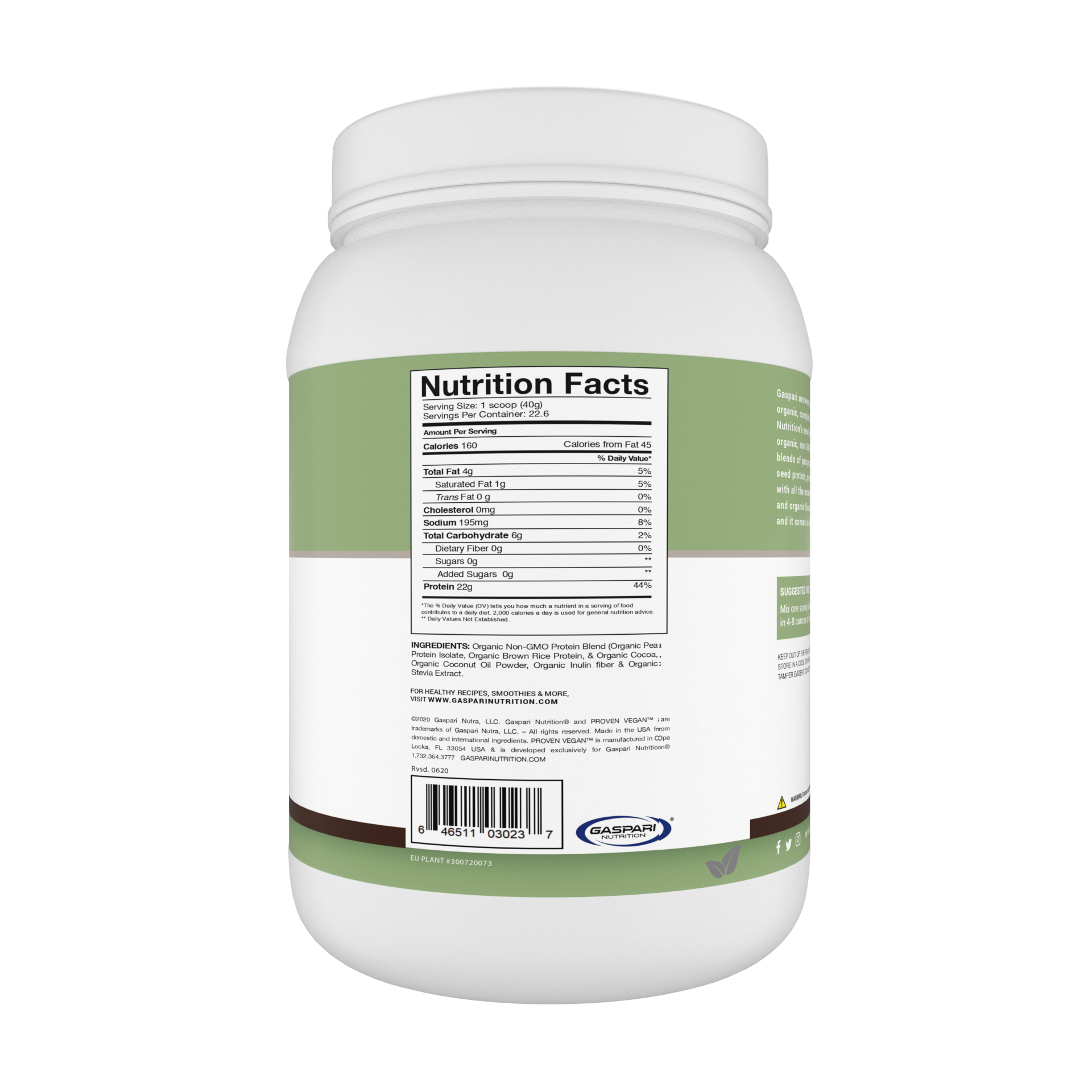

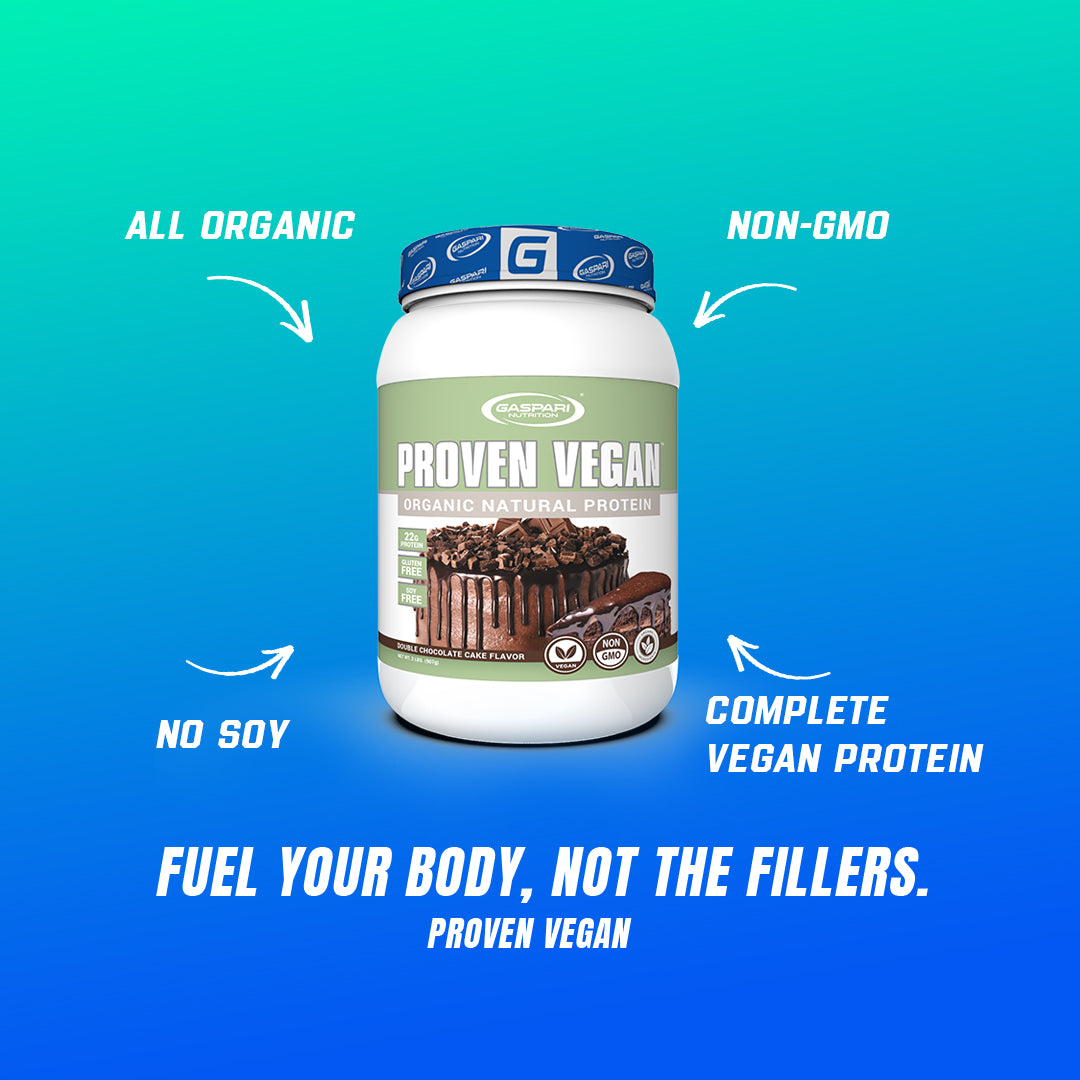
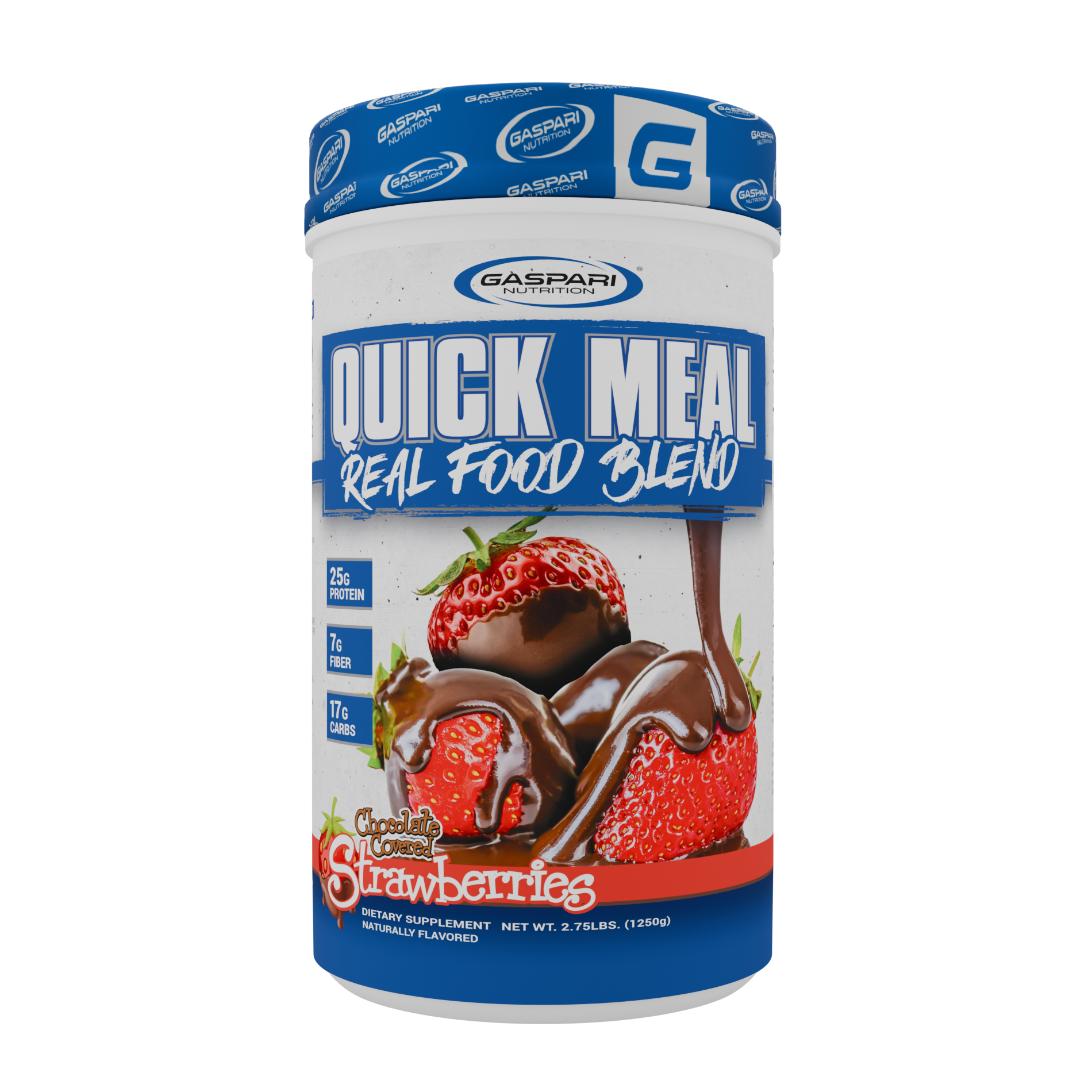


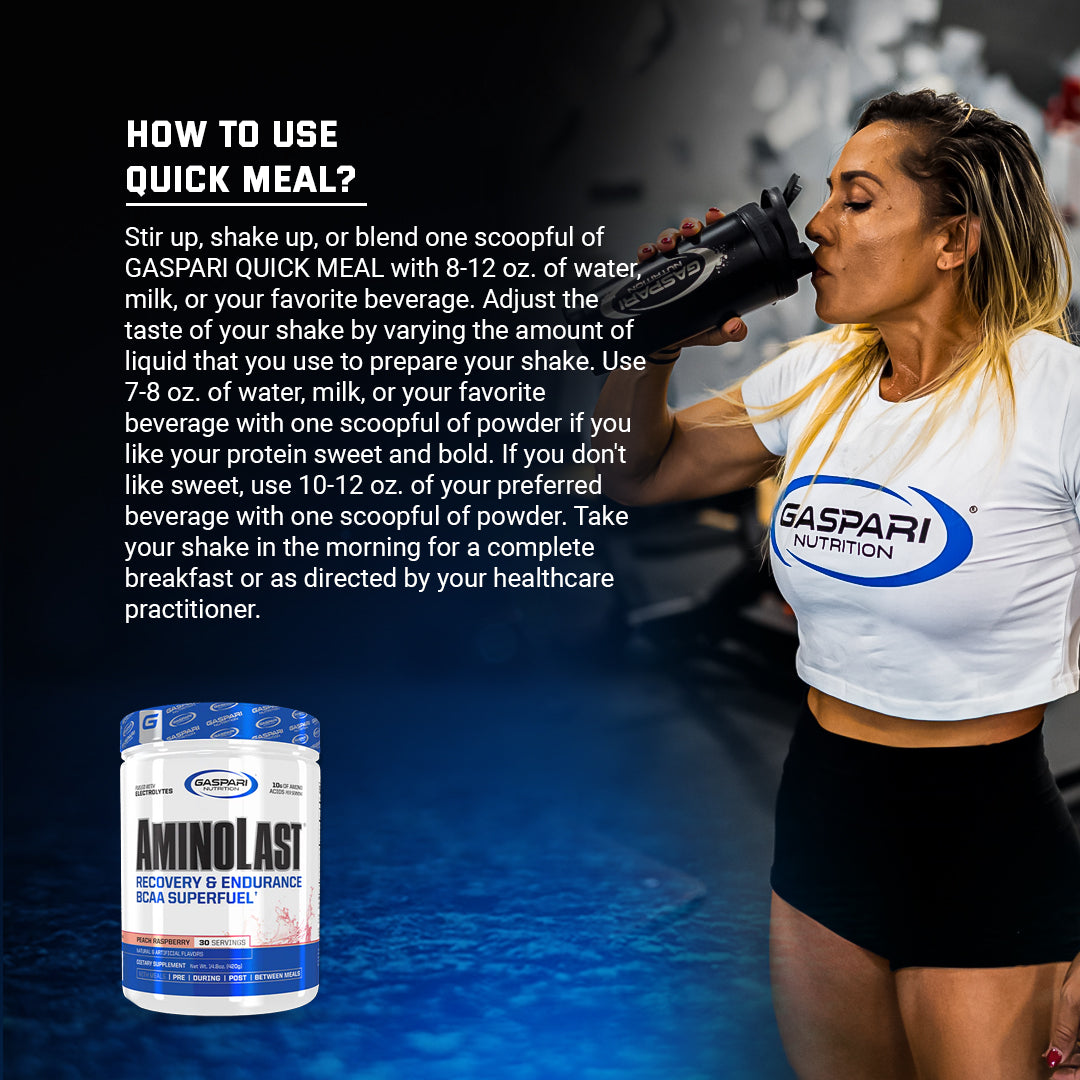
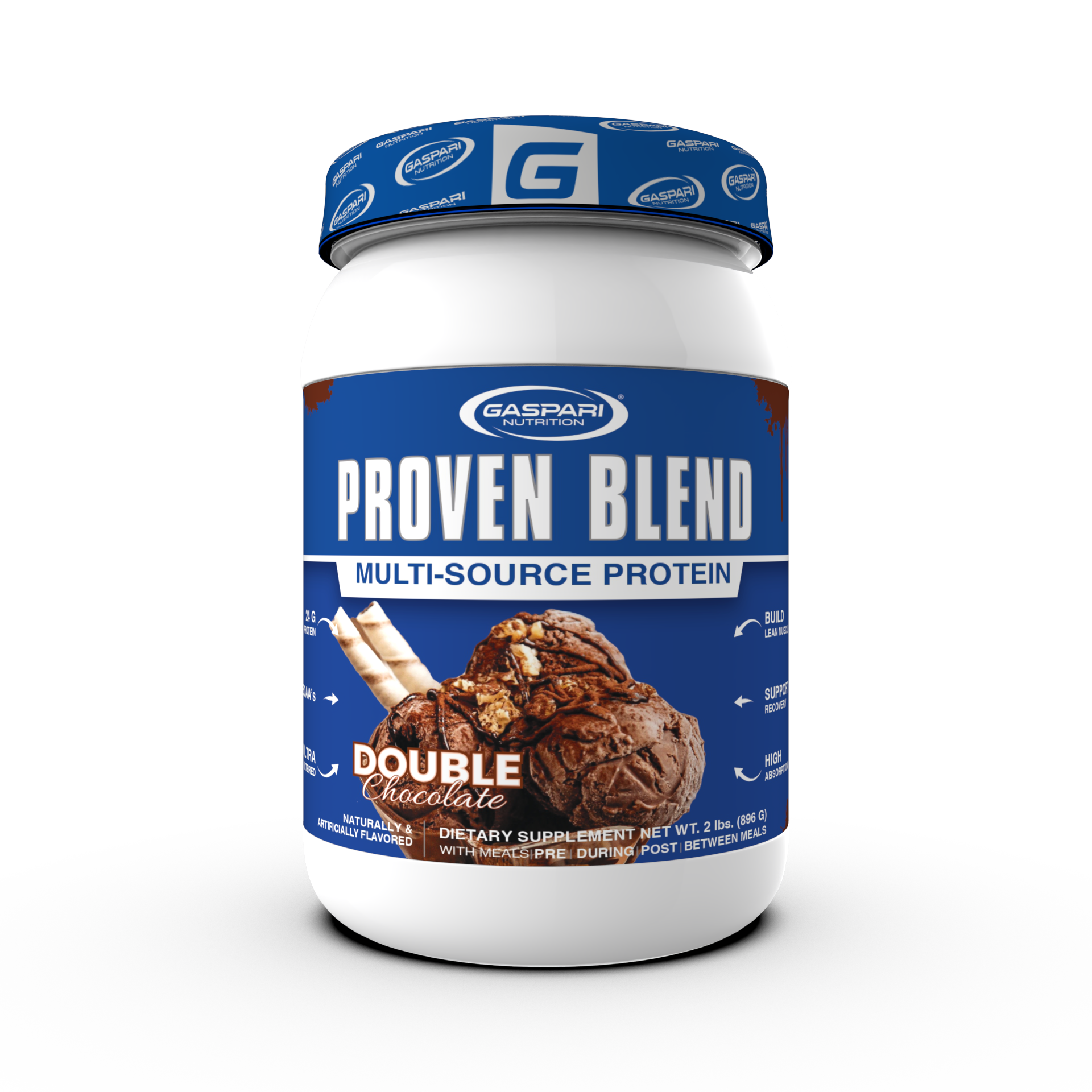
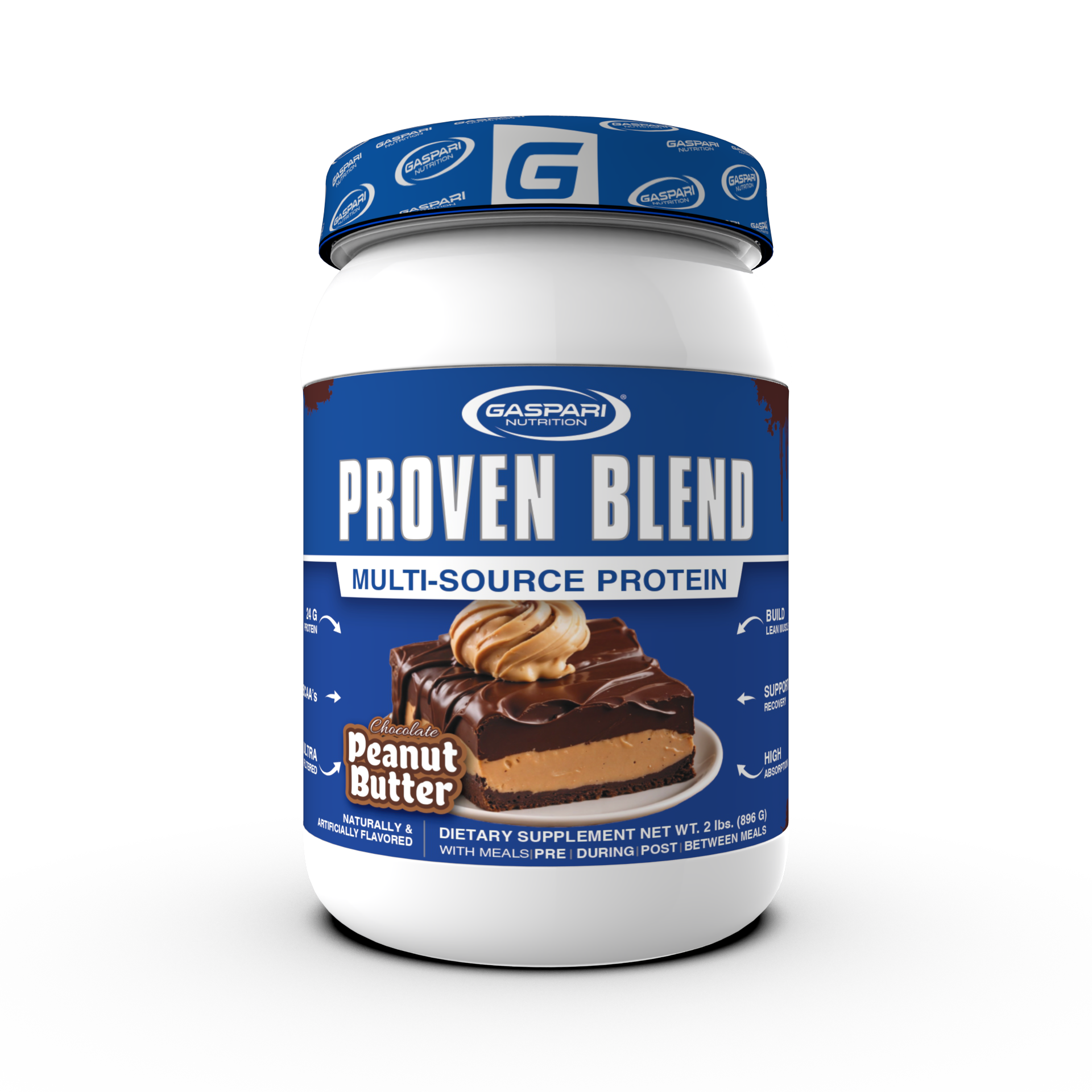


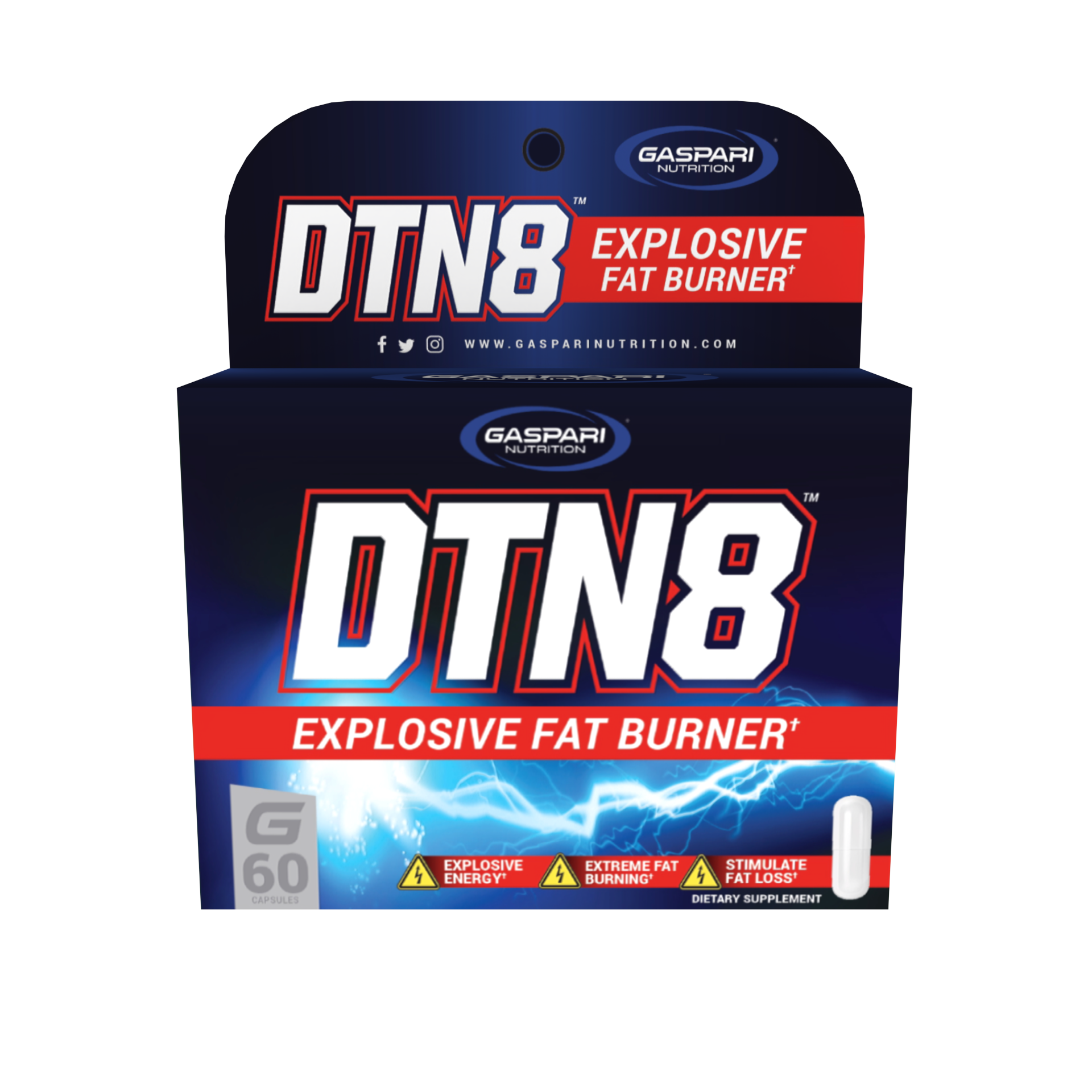



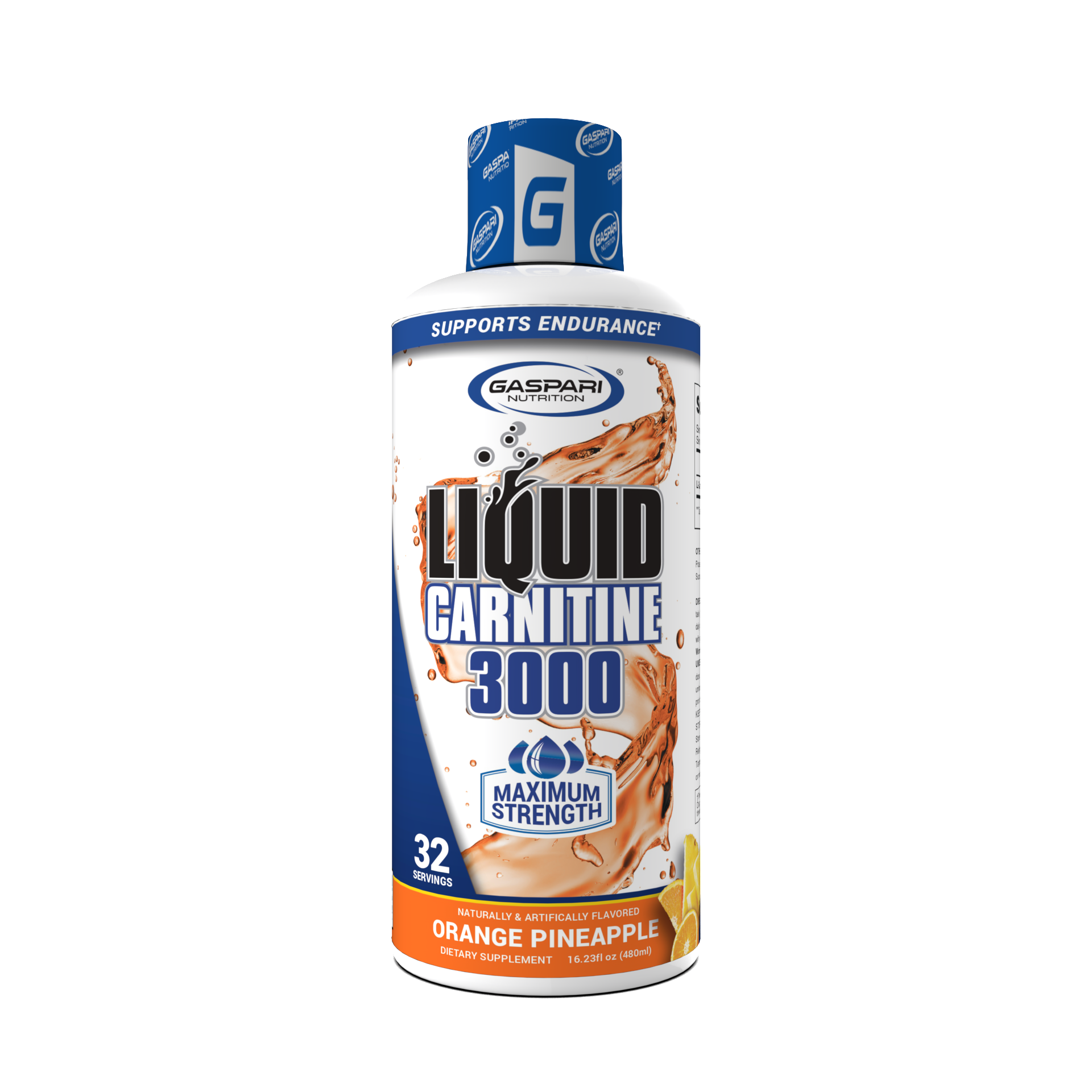


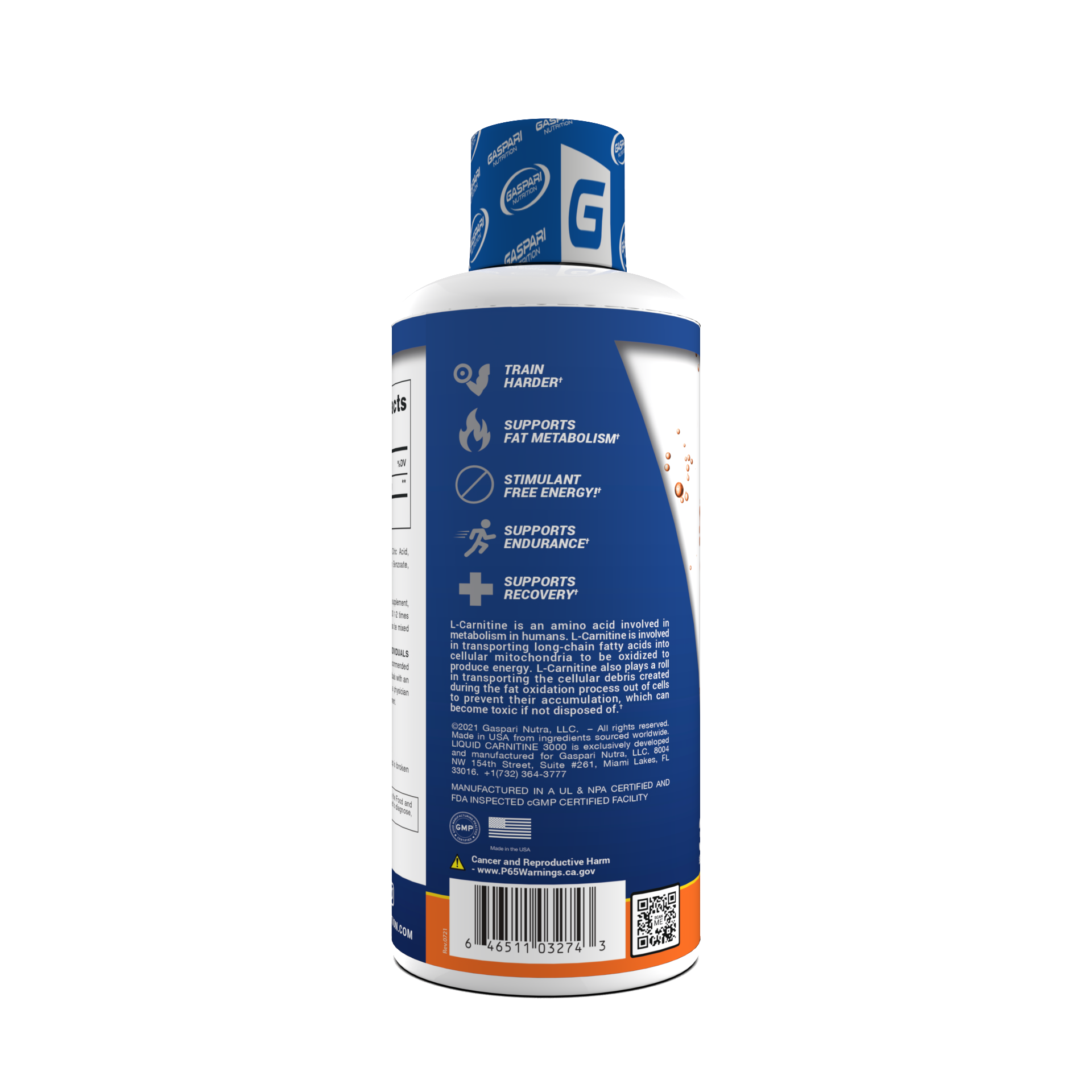

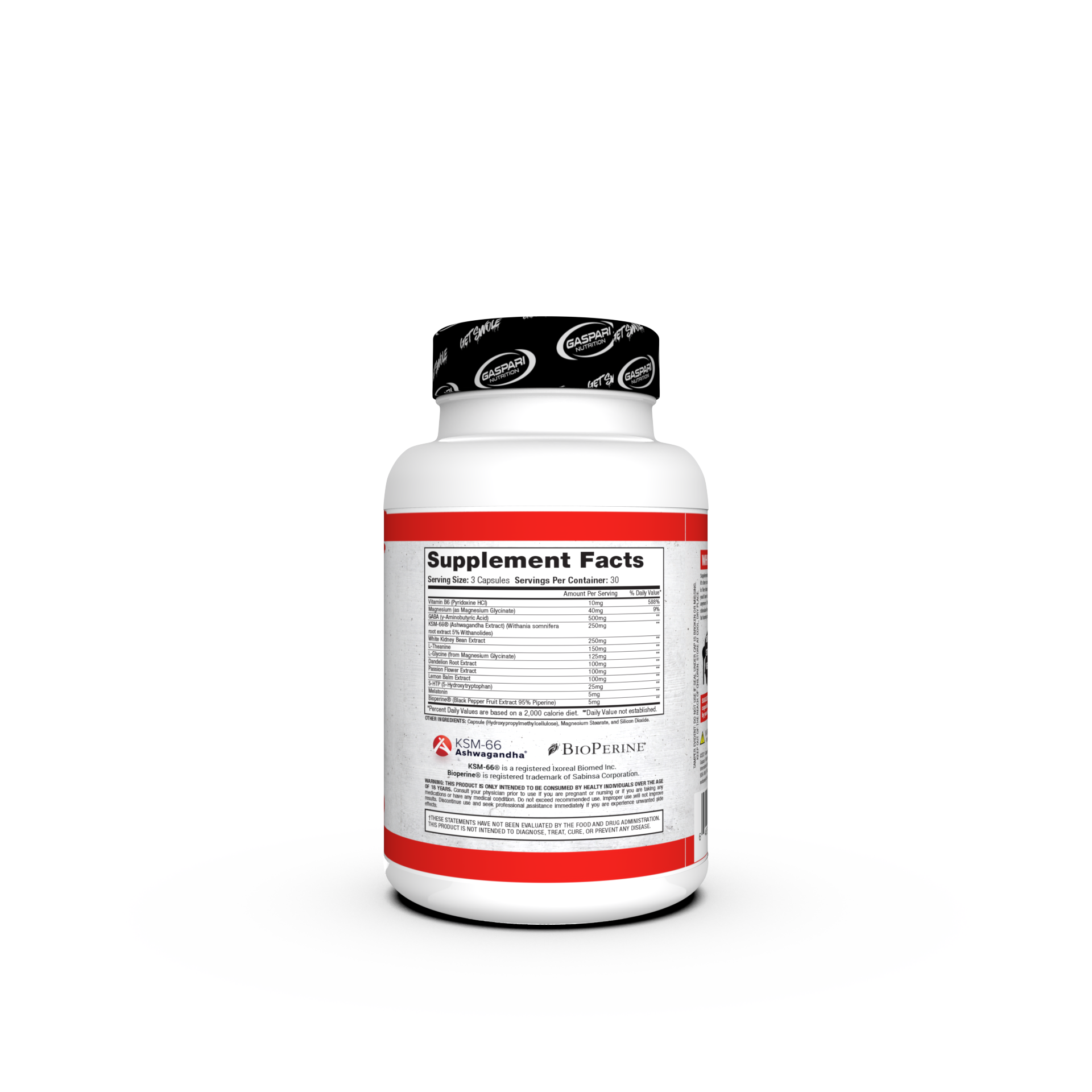
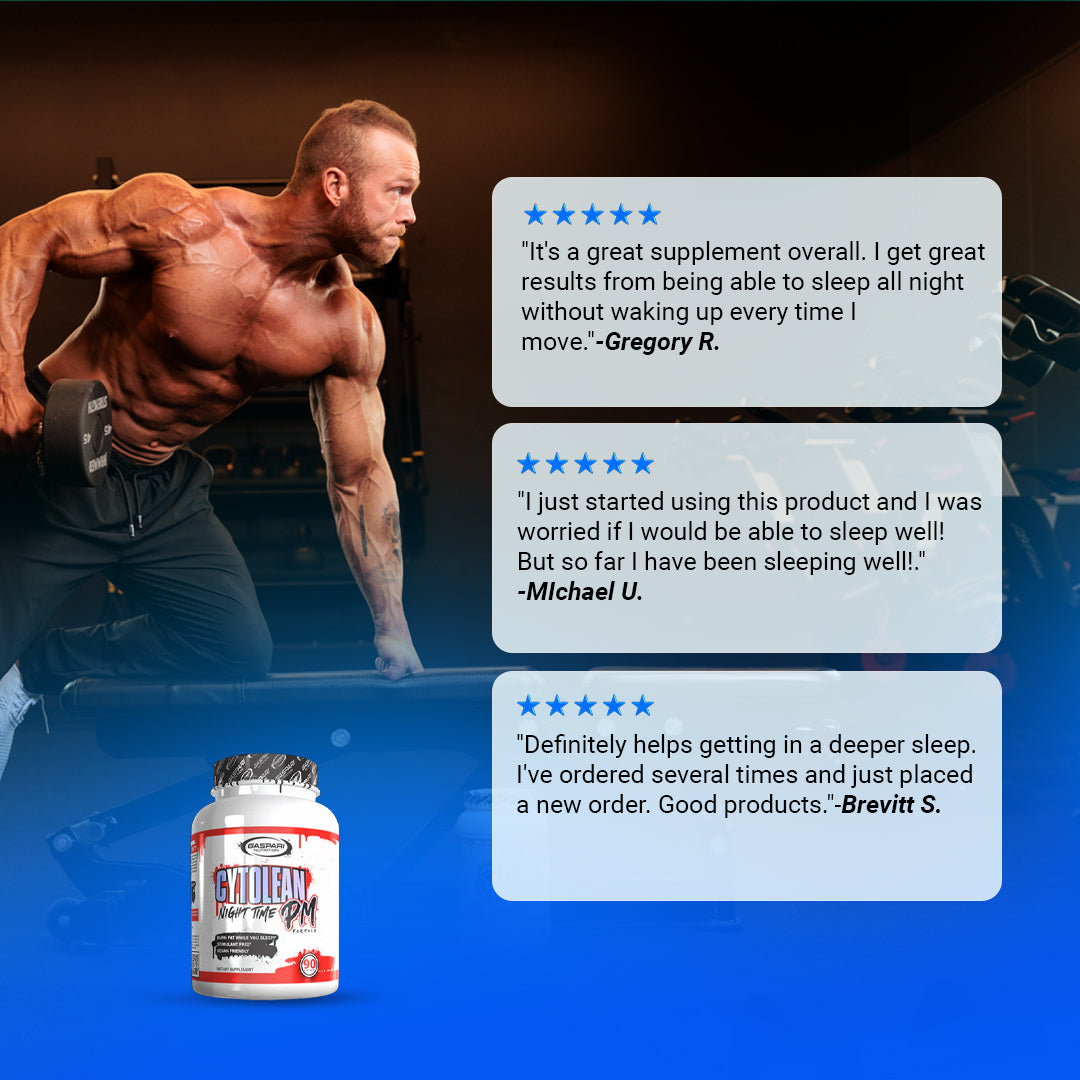

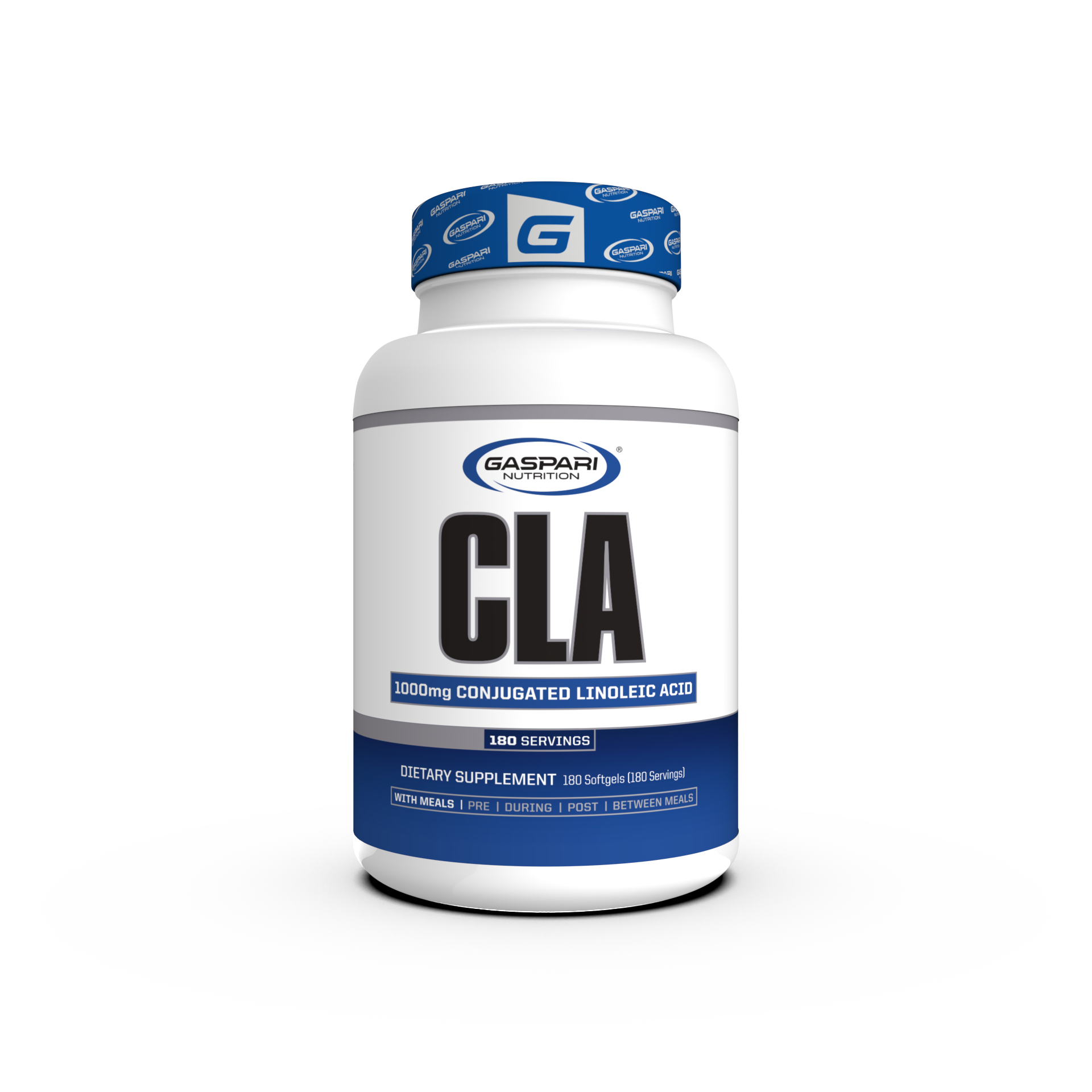

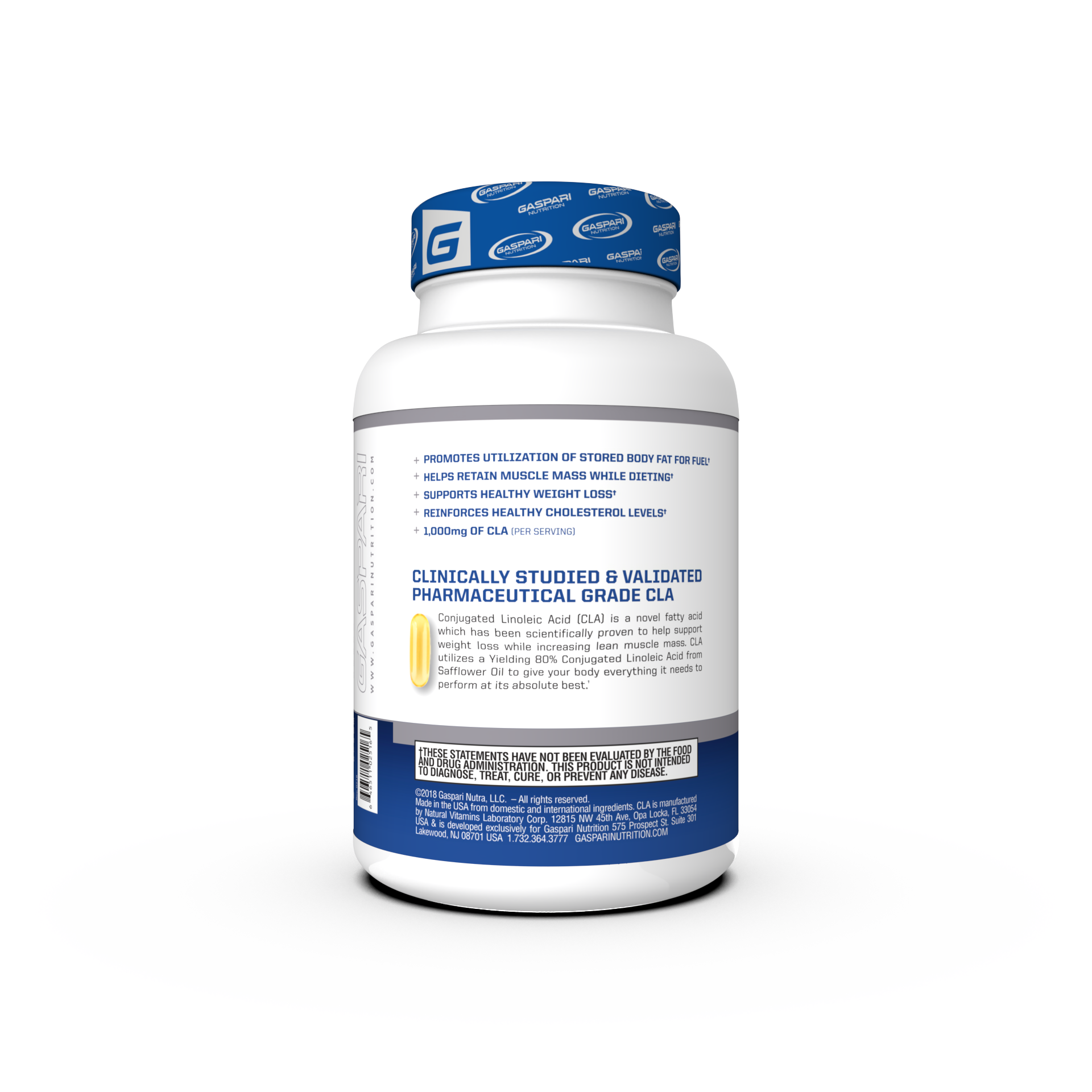



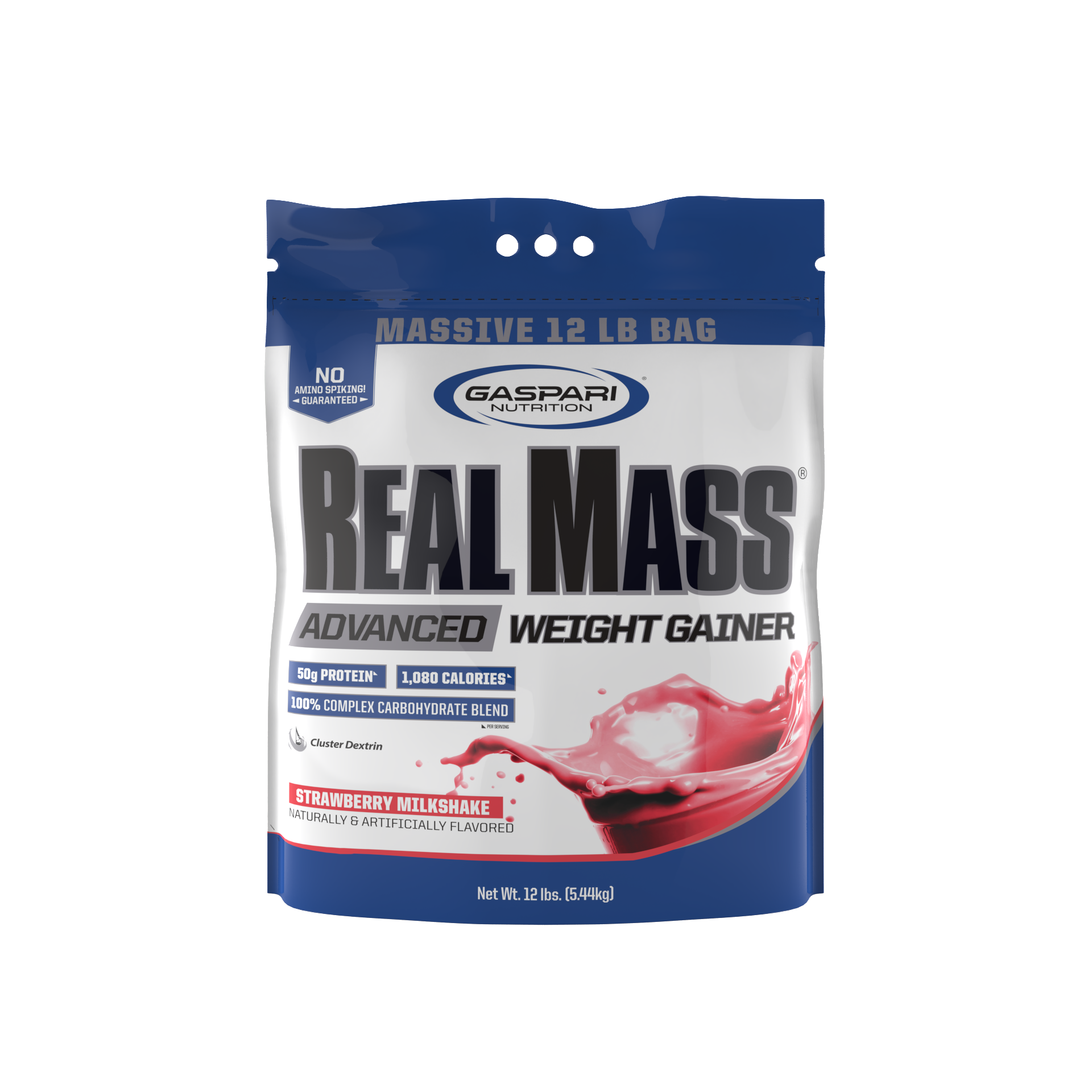

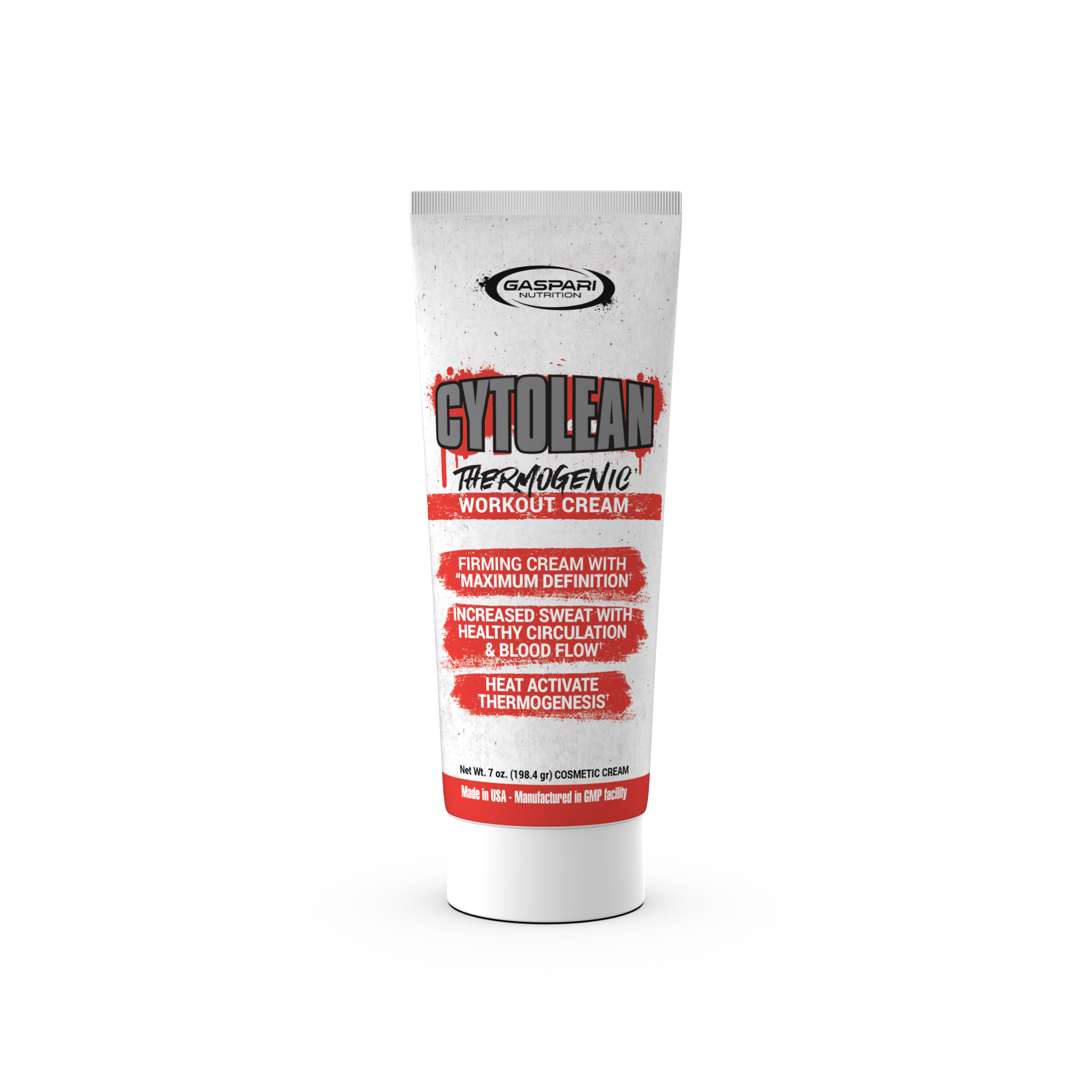

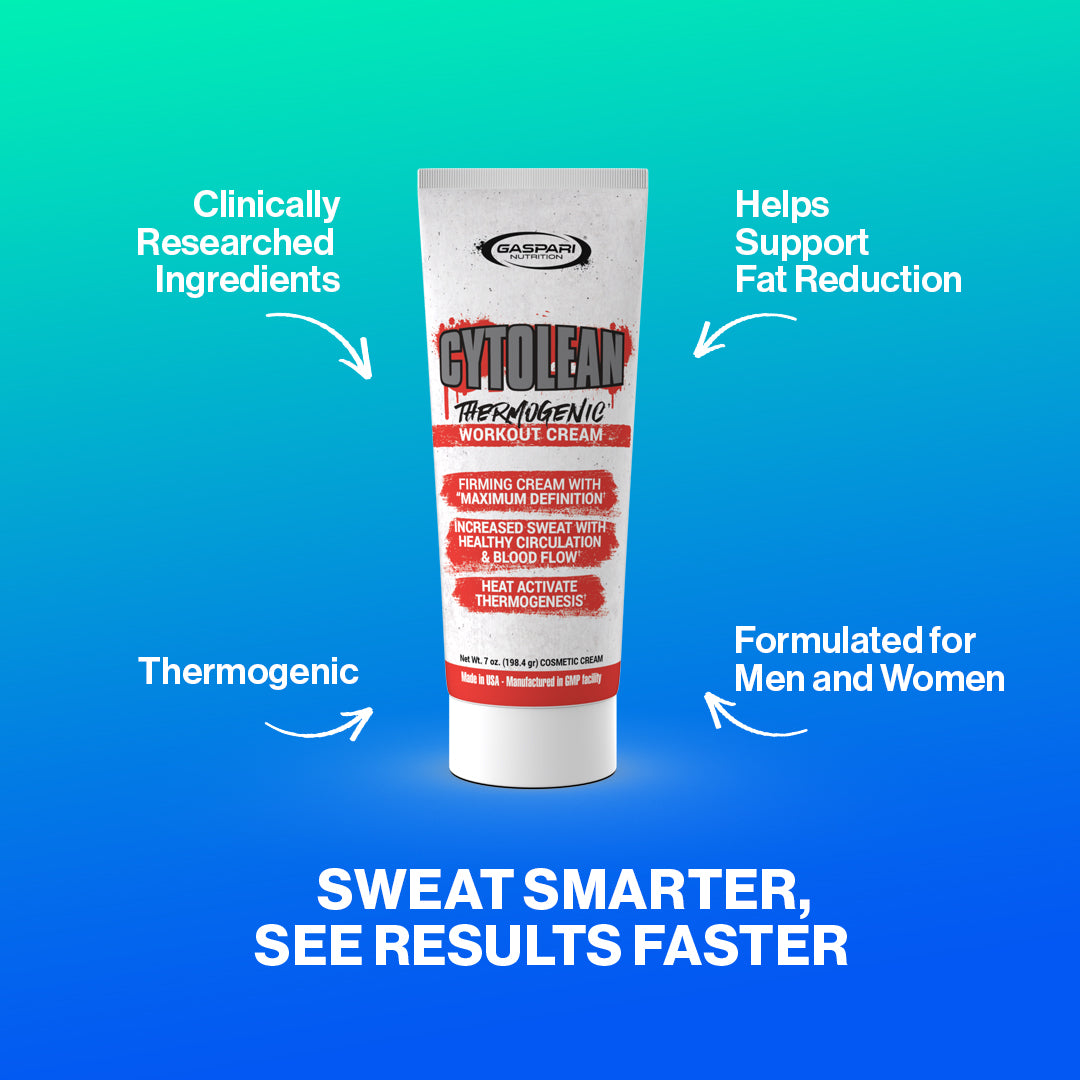
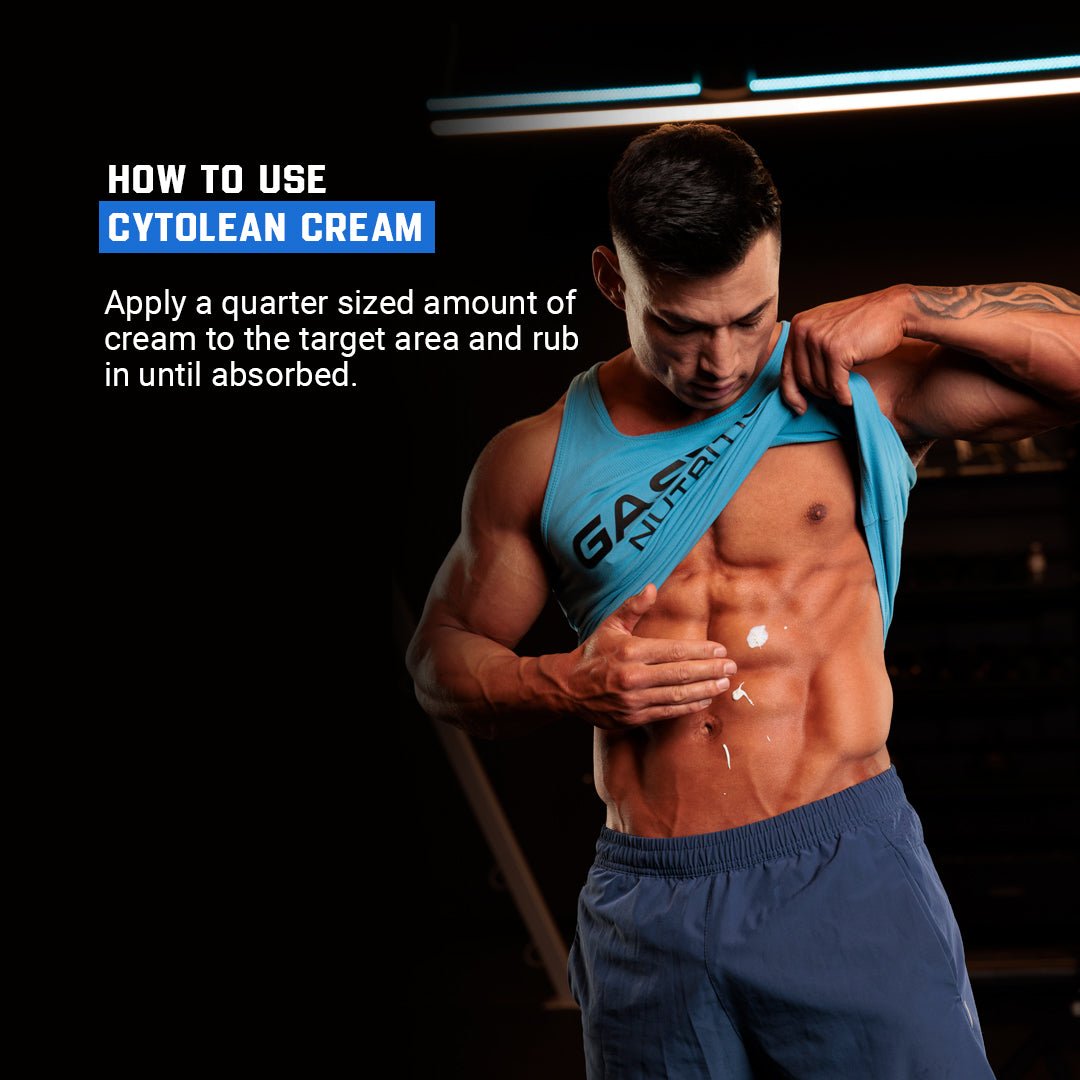
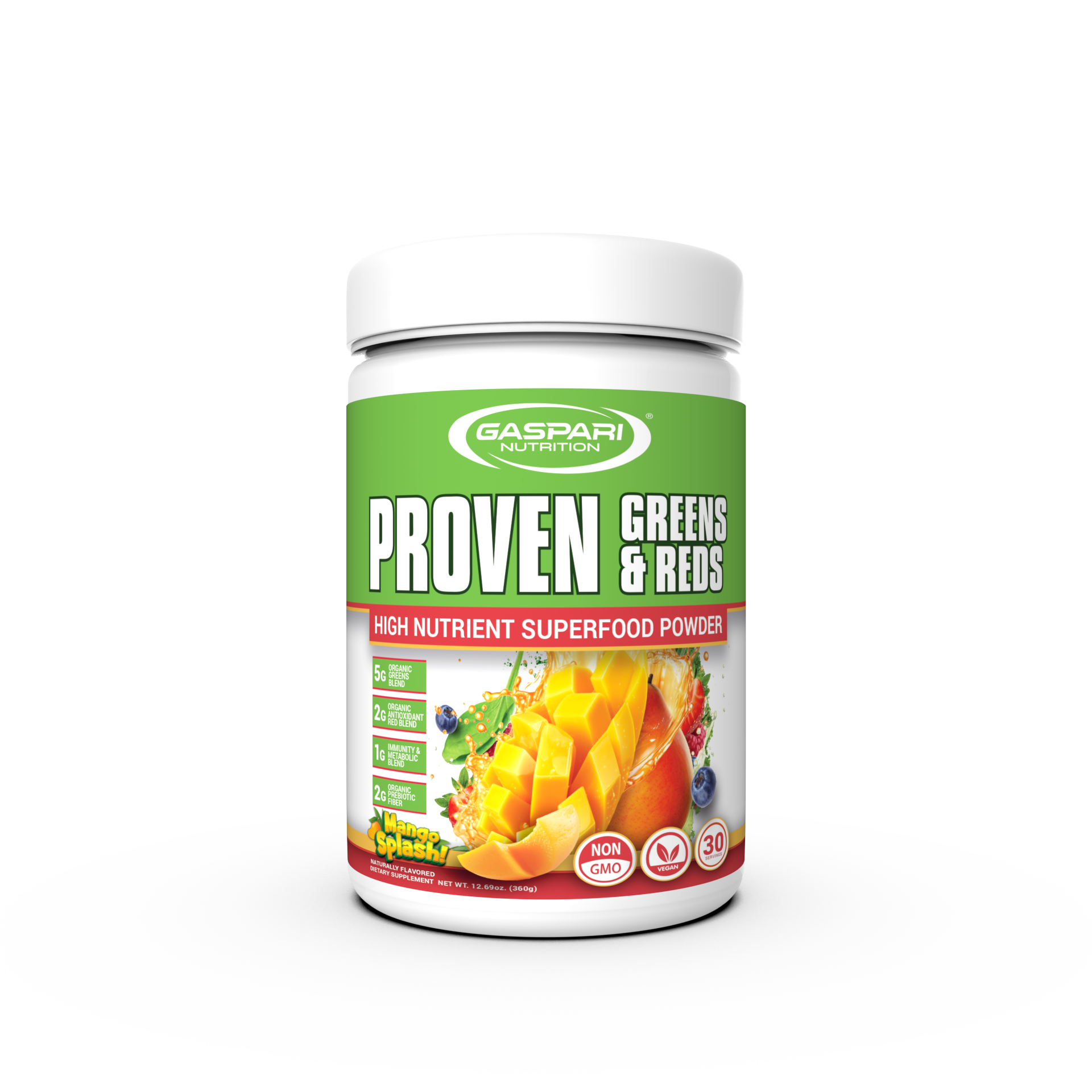
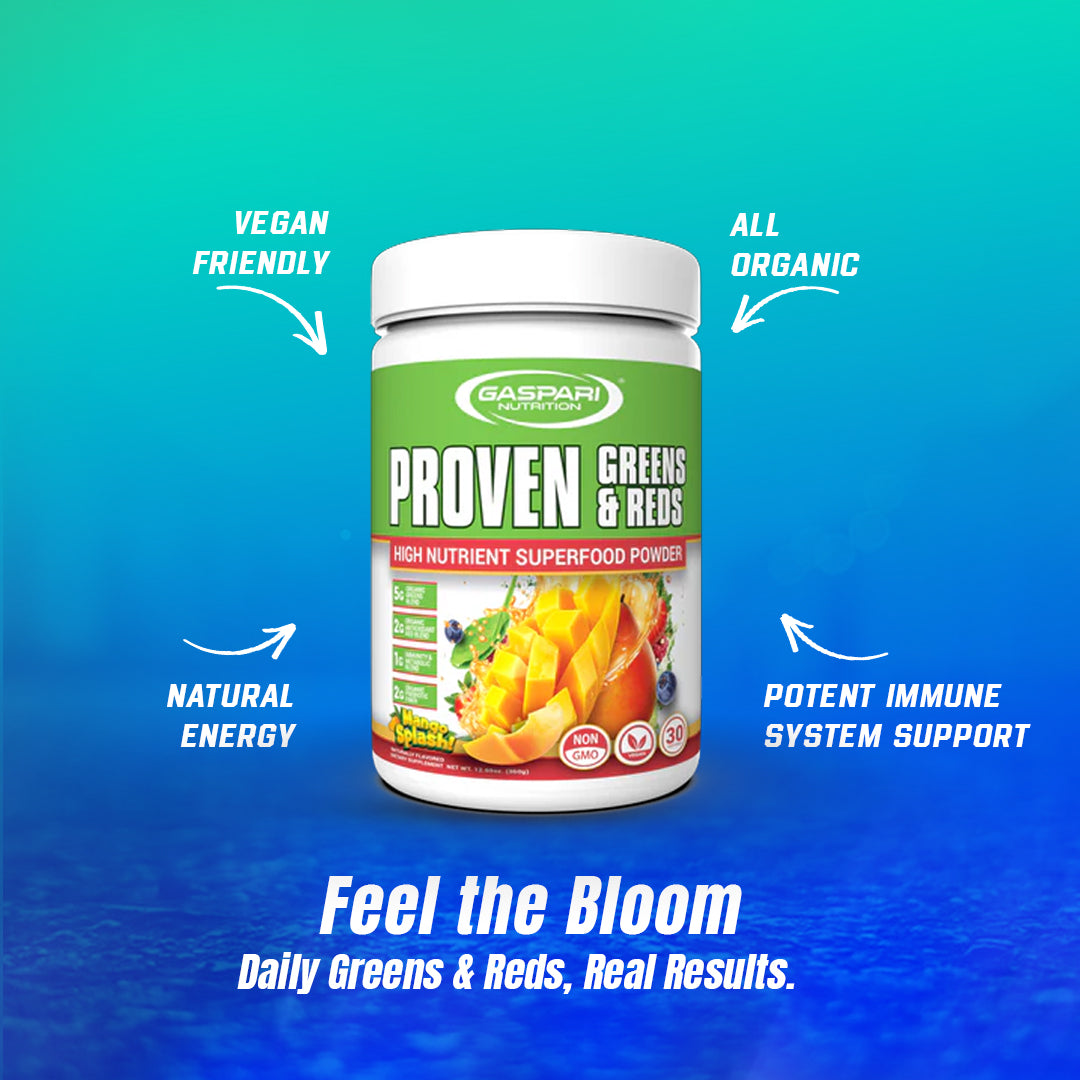

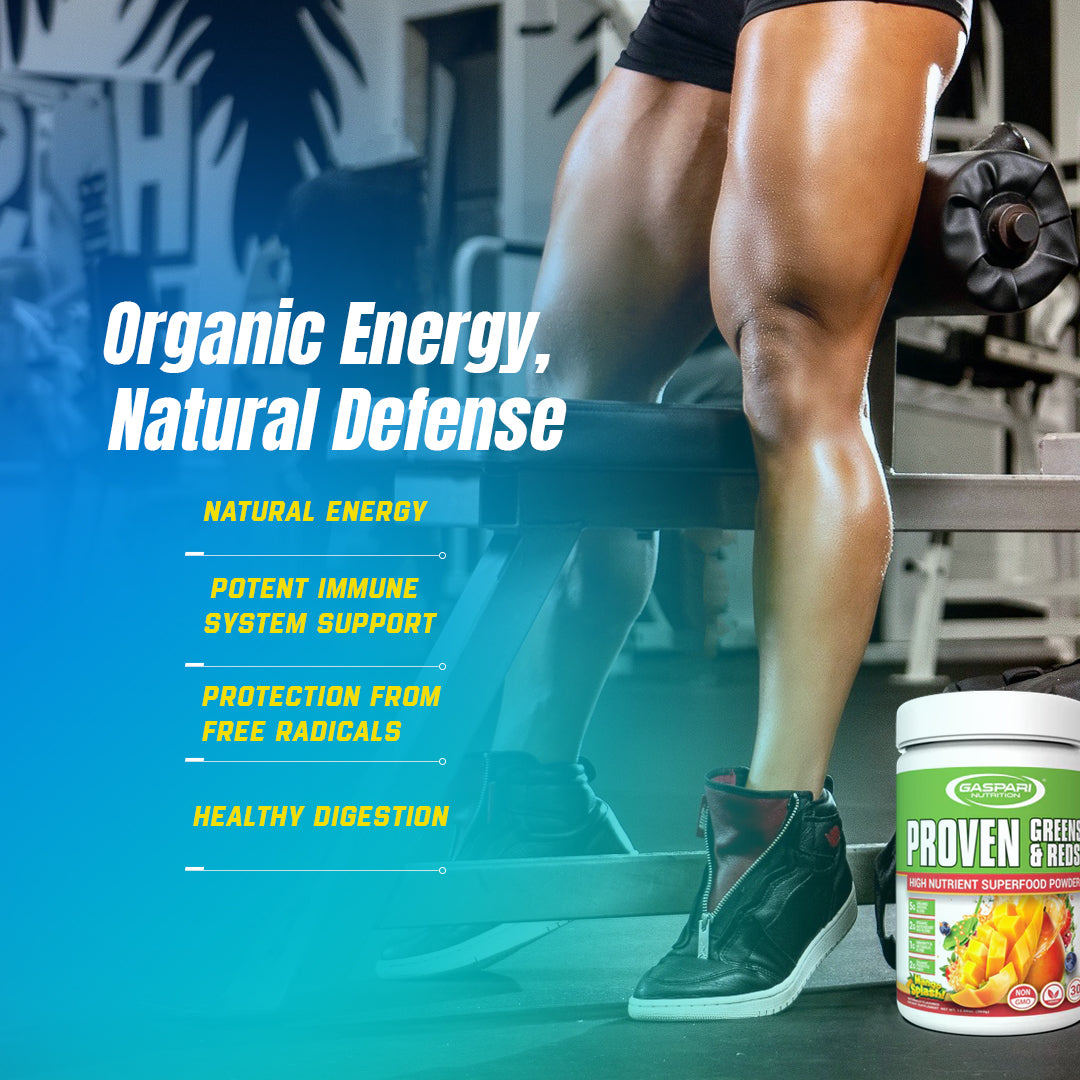

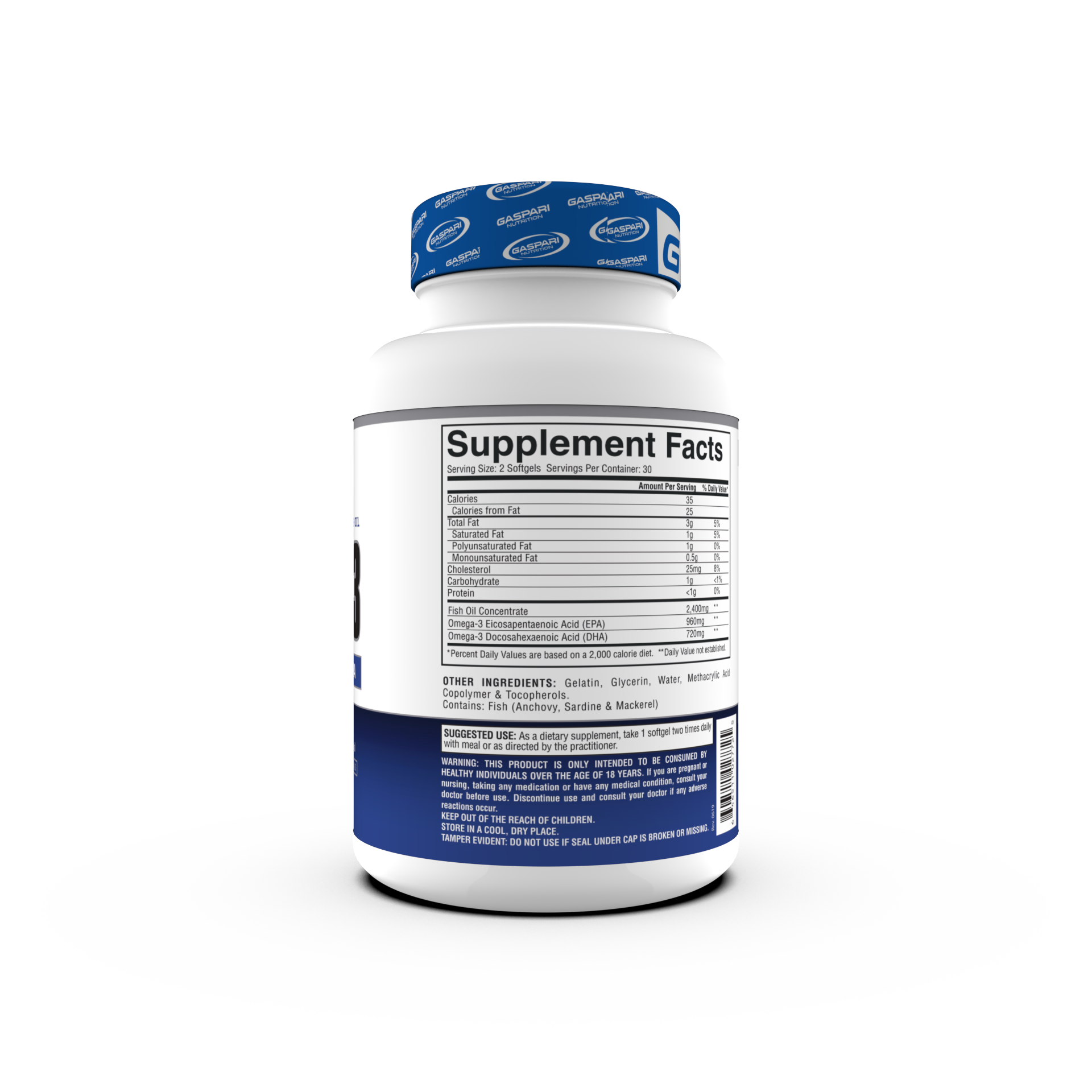
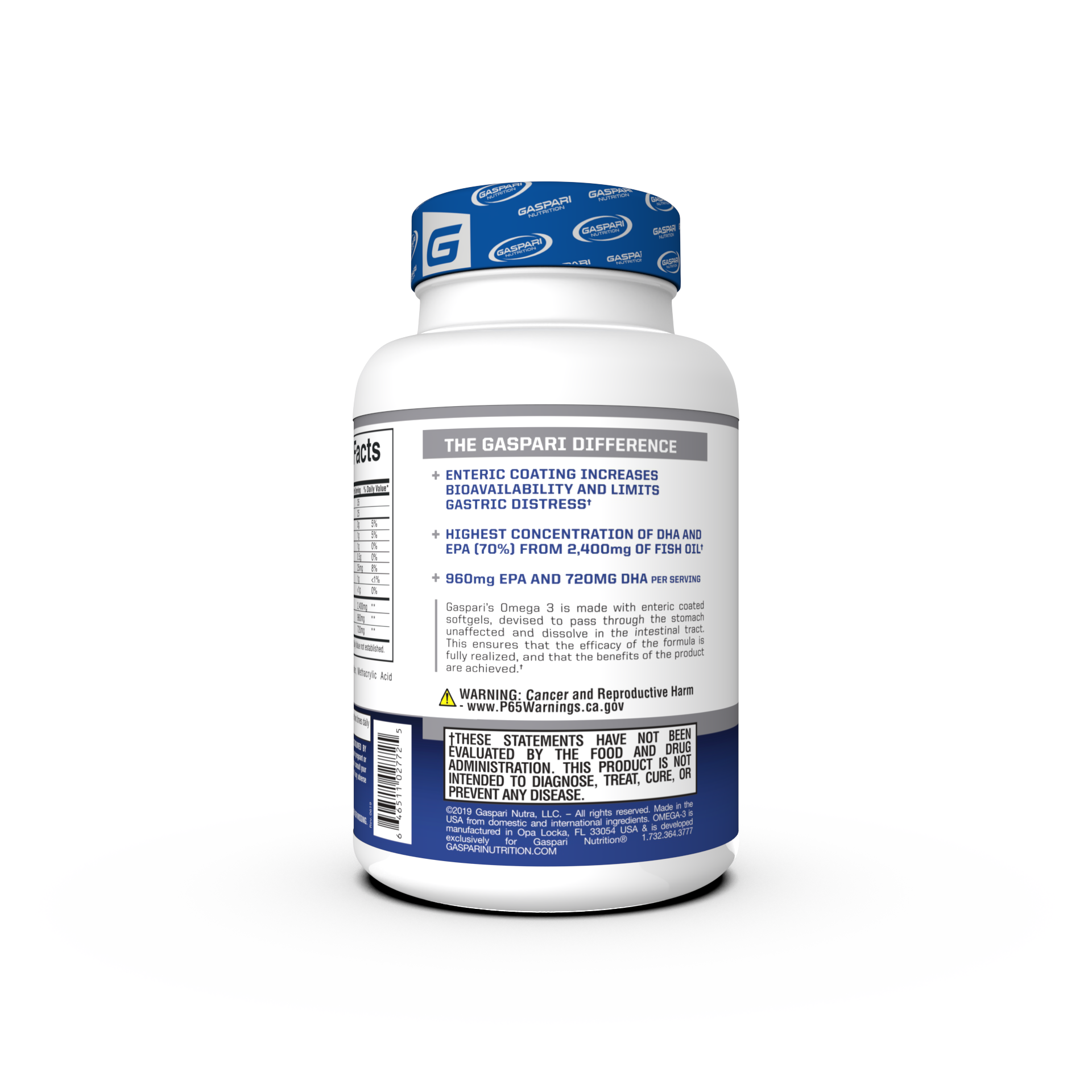

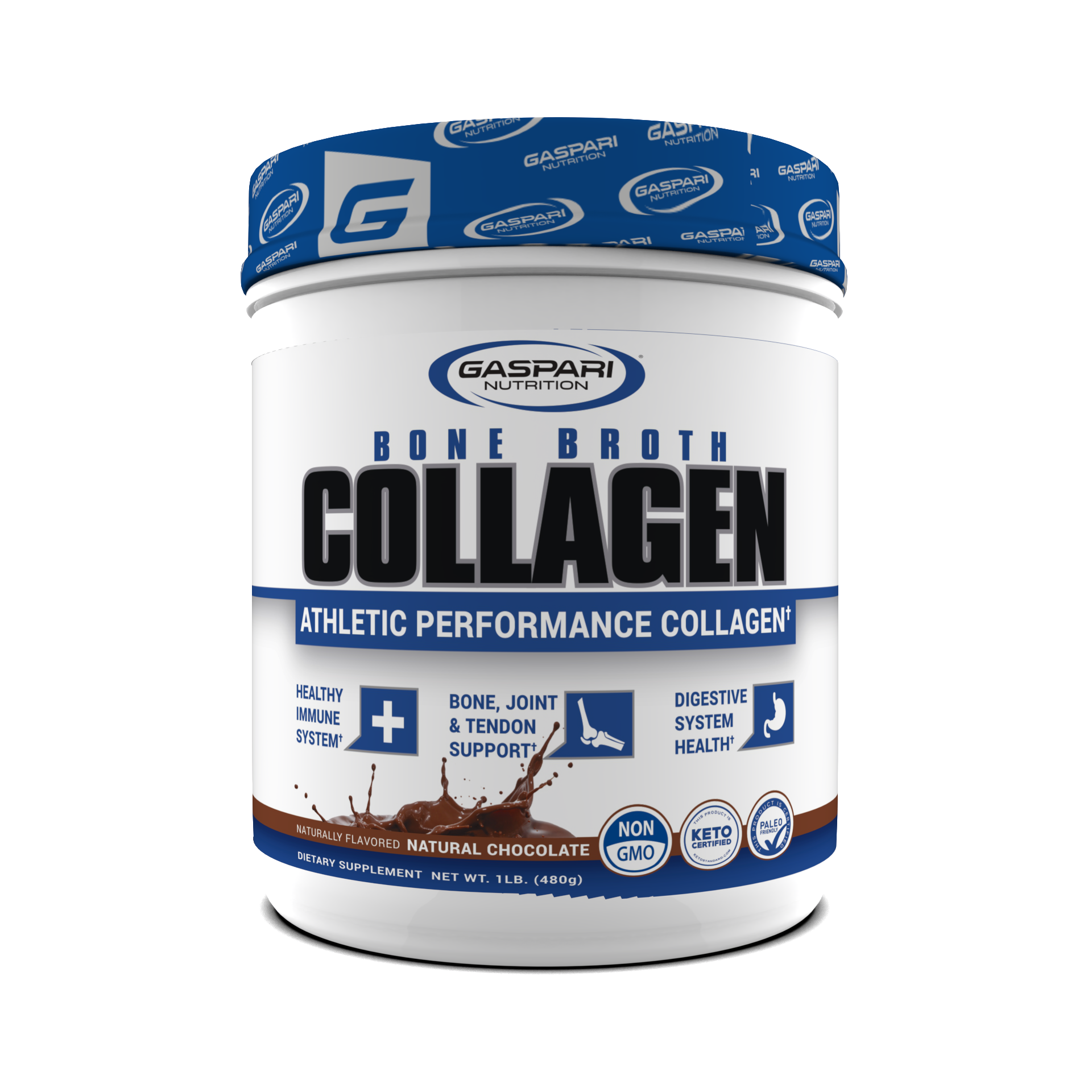







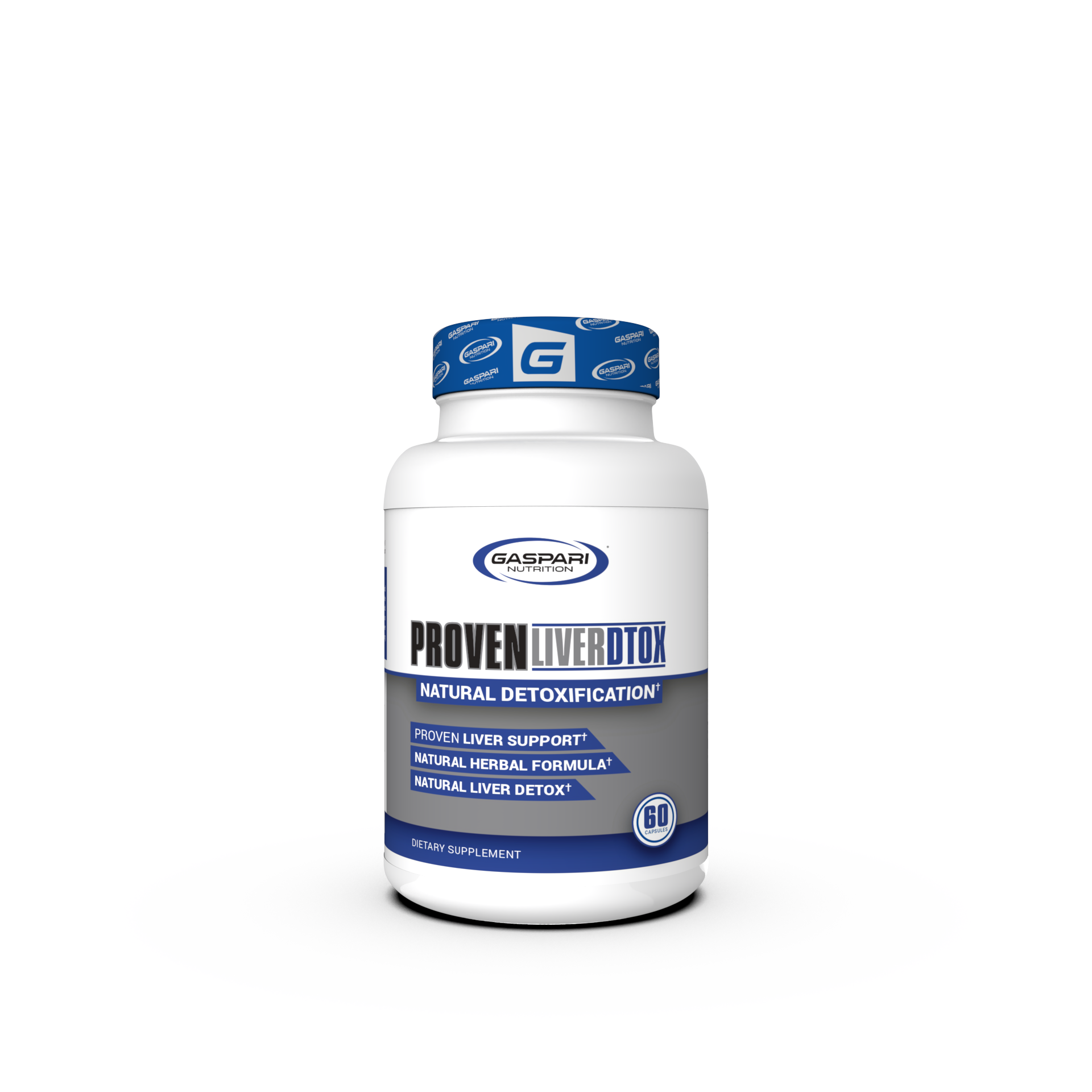

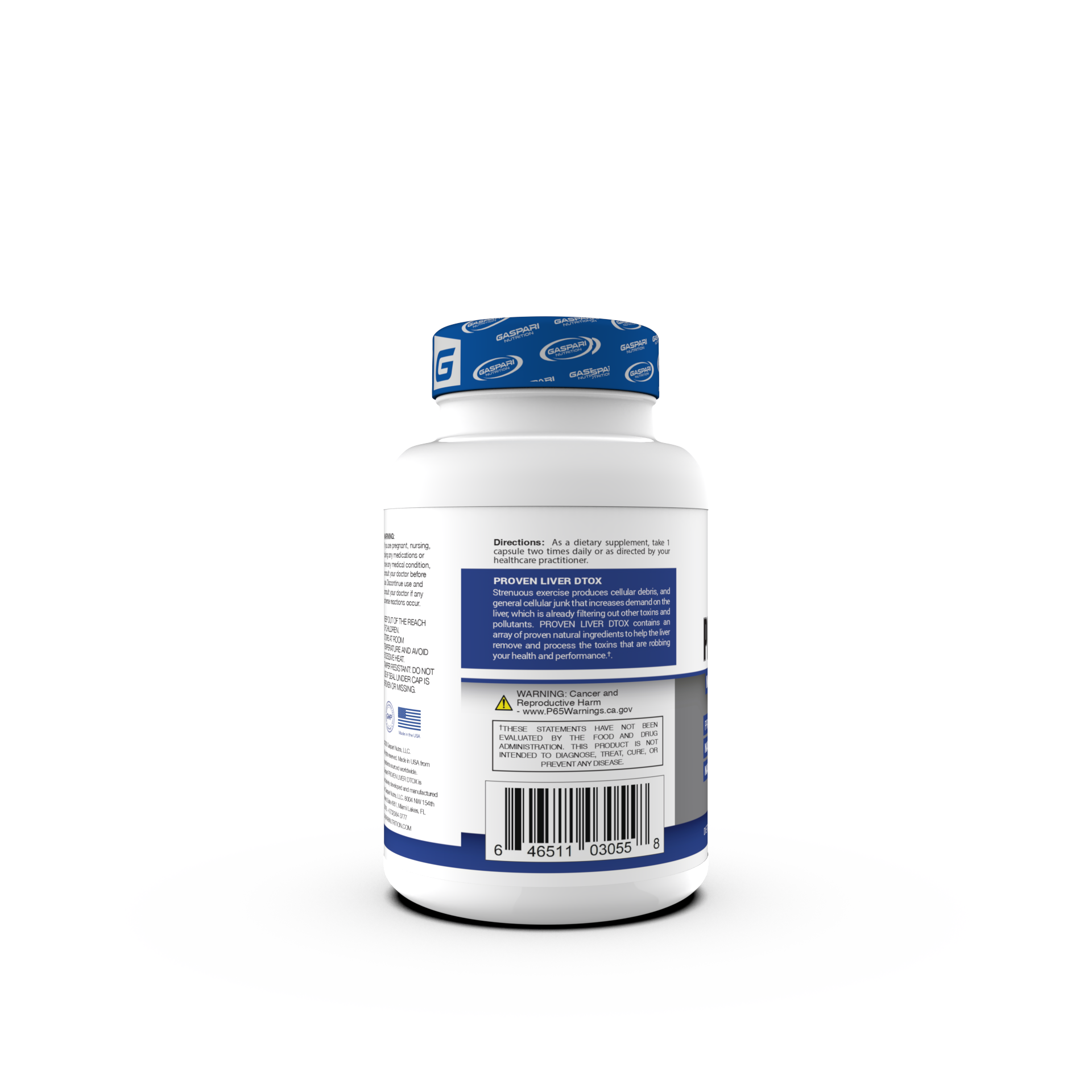

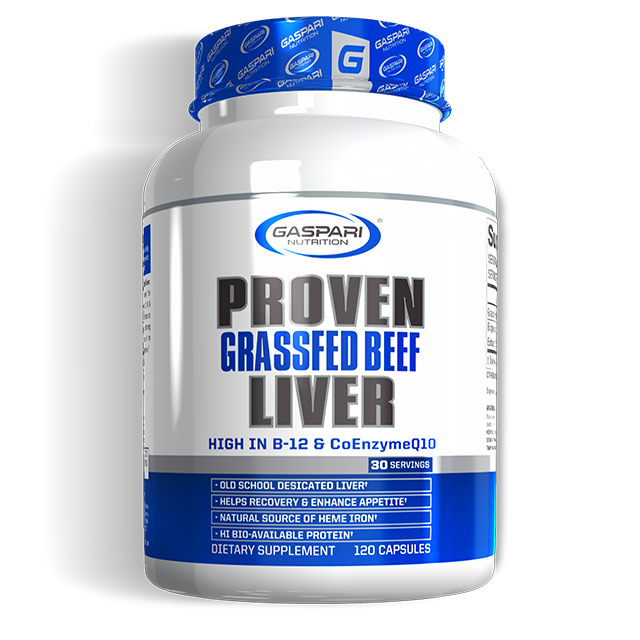





Share:
How To Burn Major Calories Doing Everyday Activities
How Bad Nutrition Can Affect An Athlete